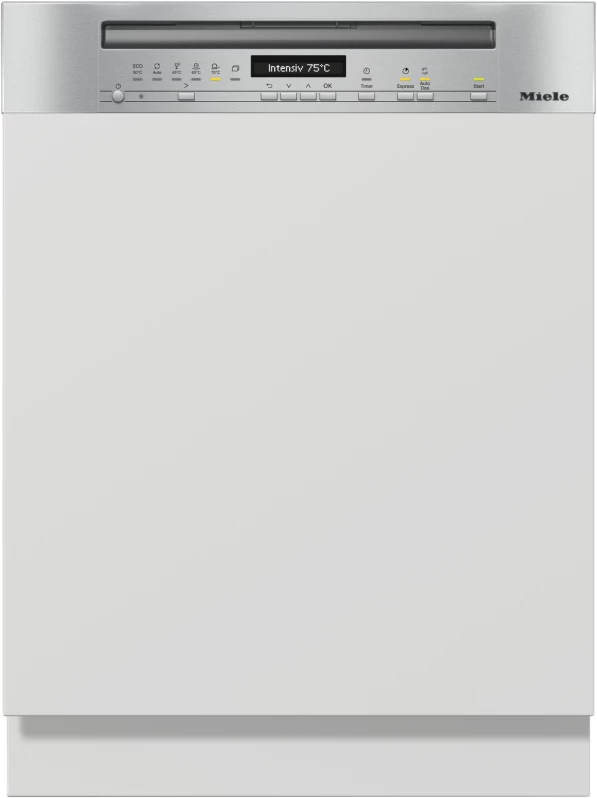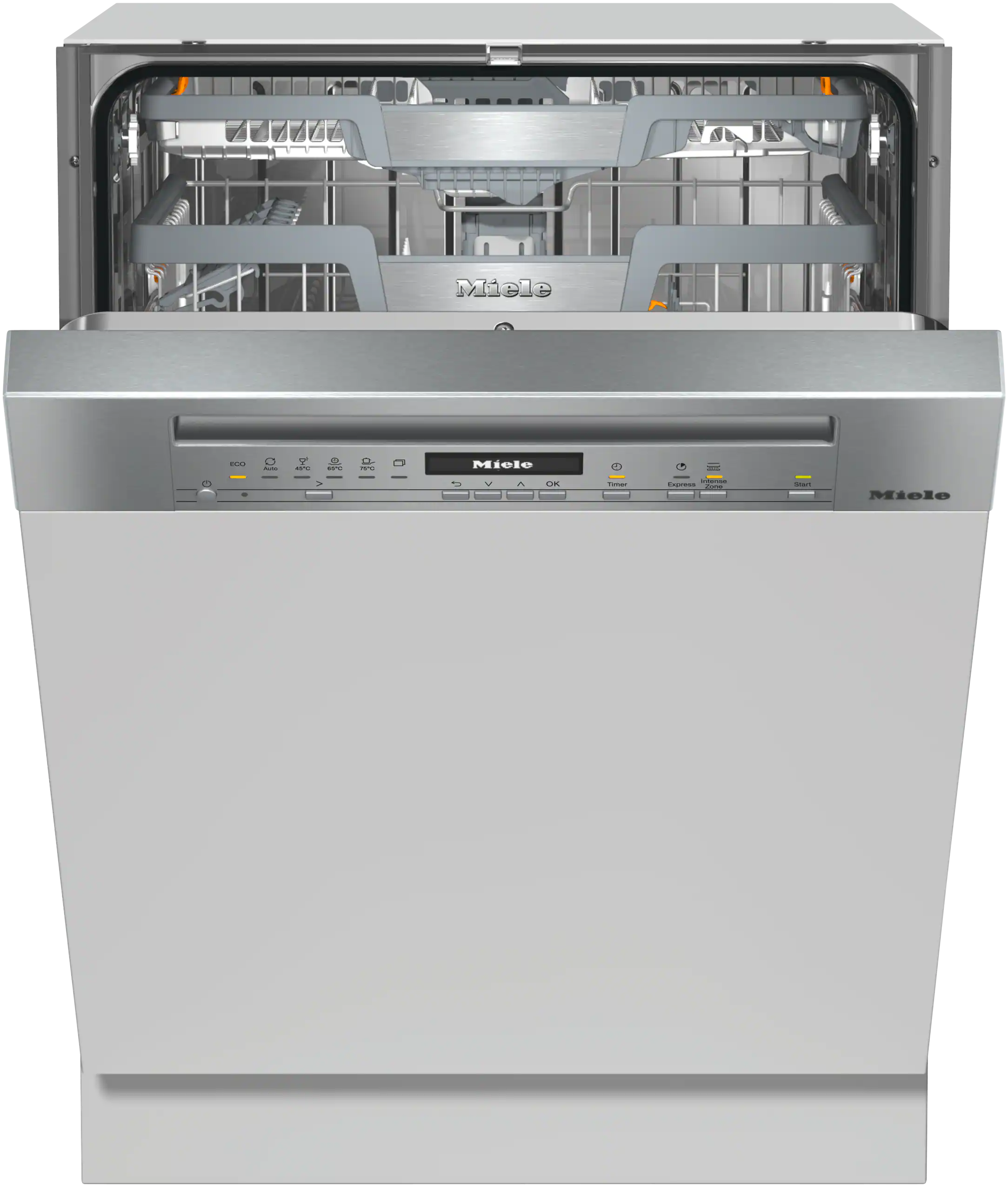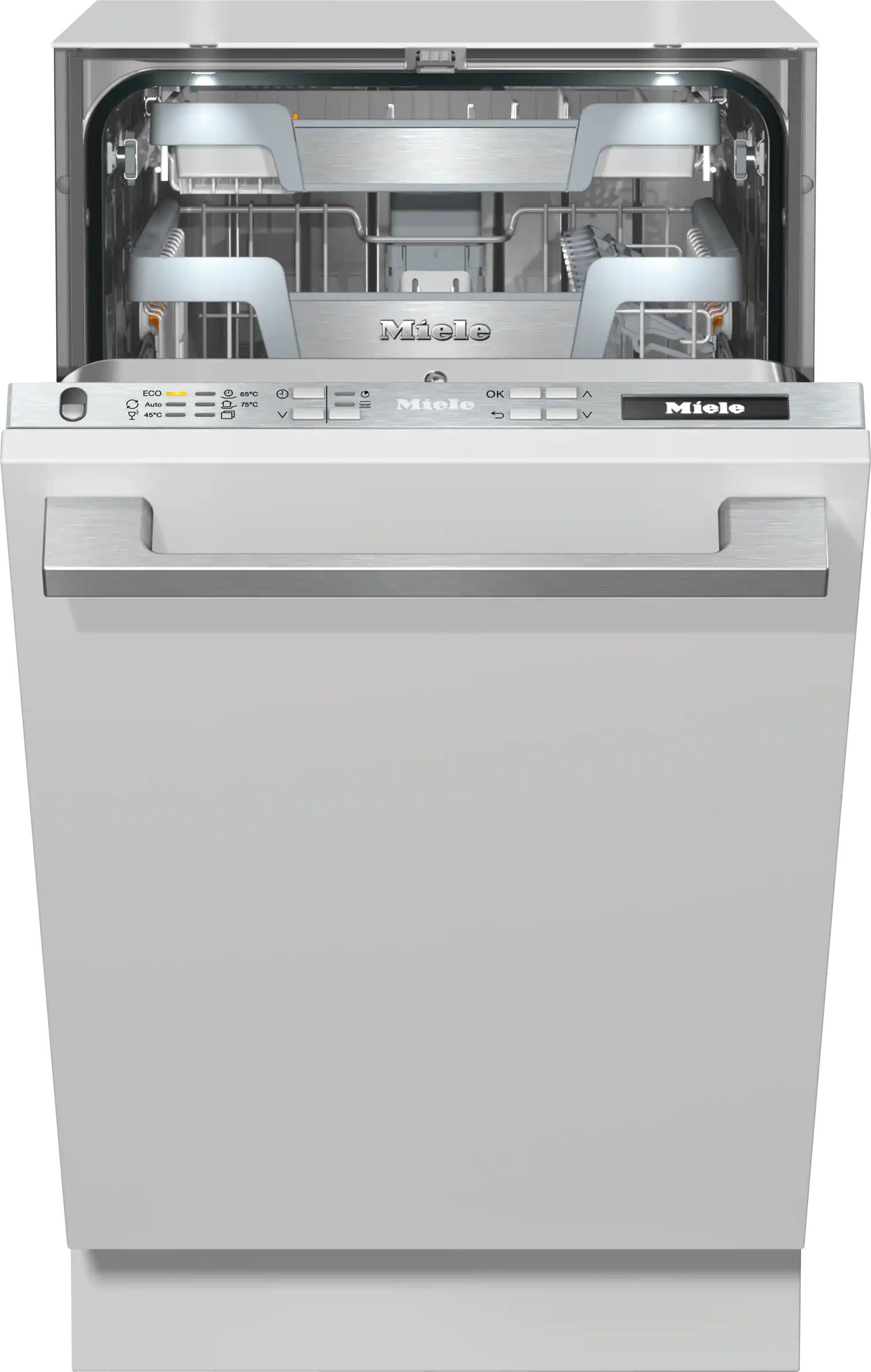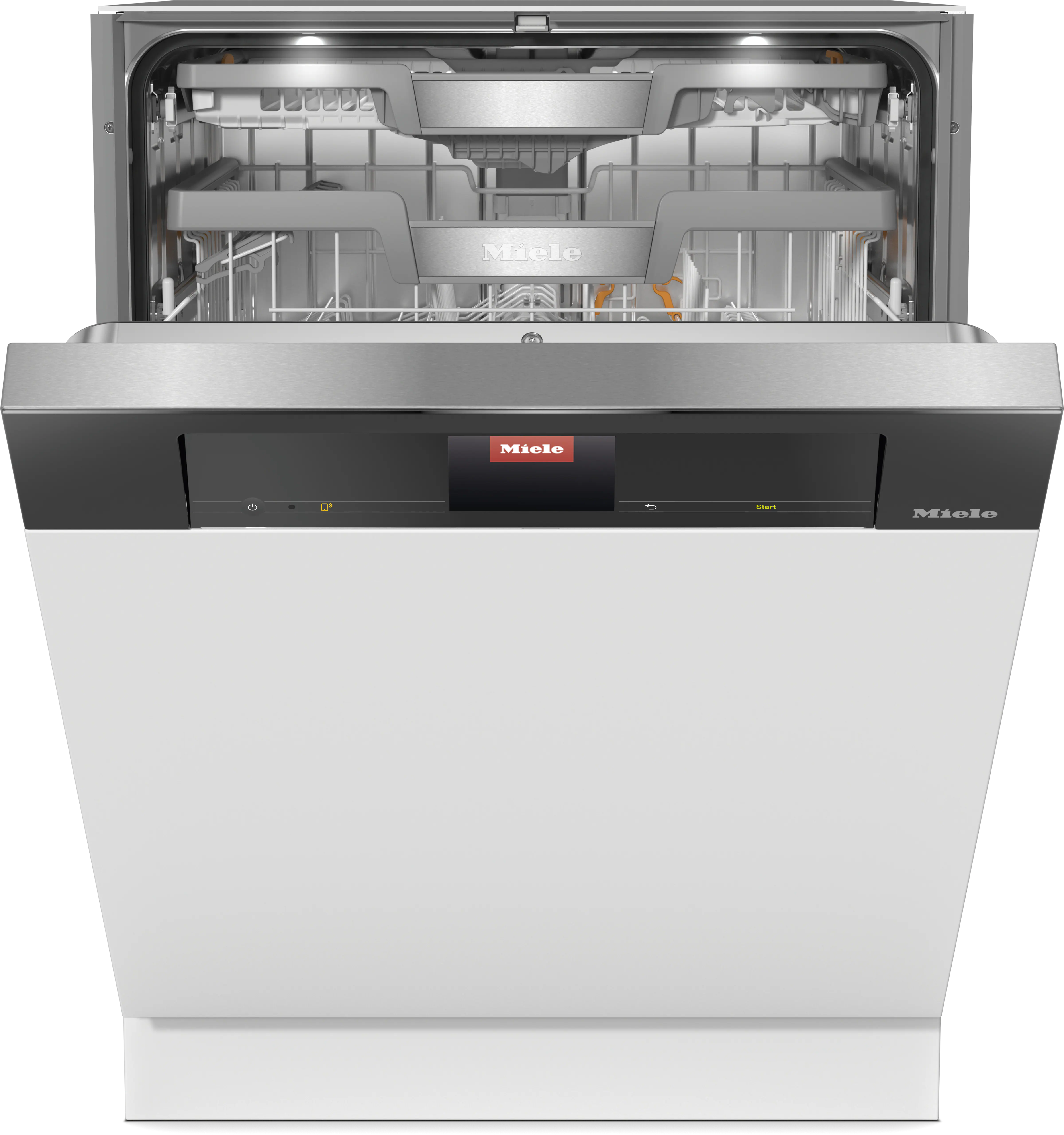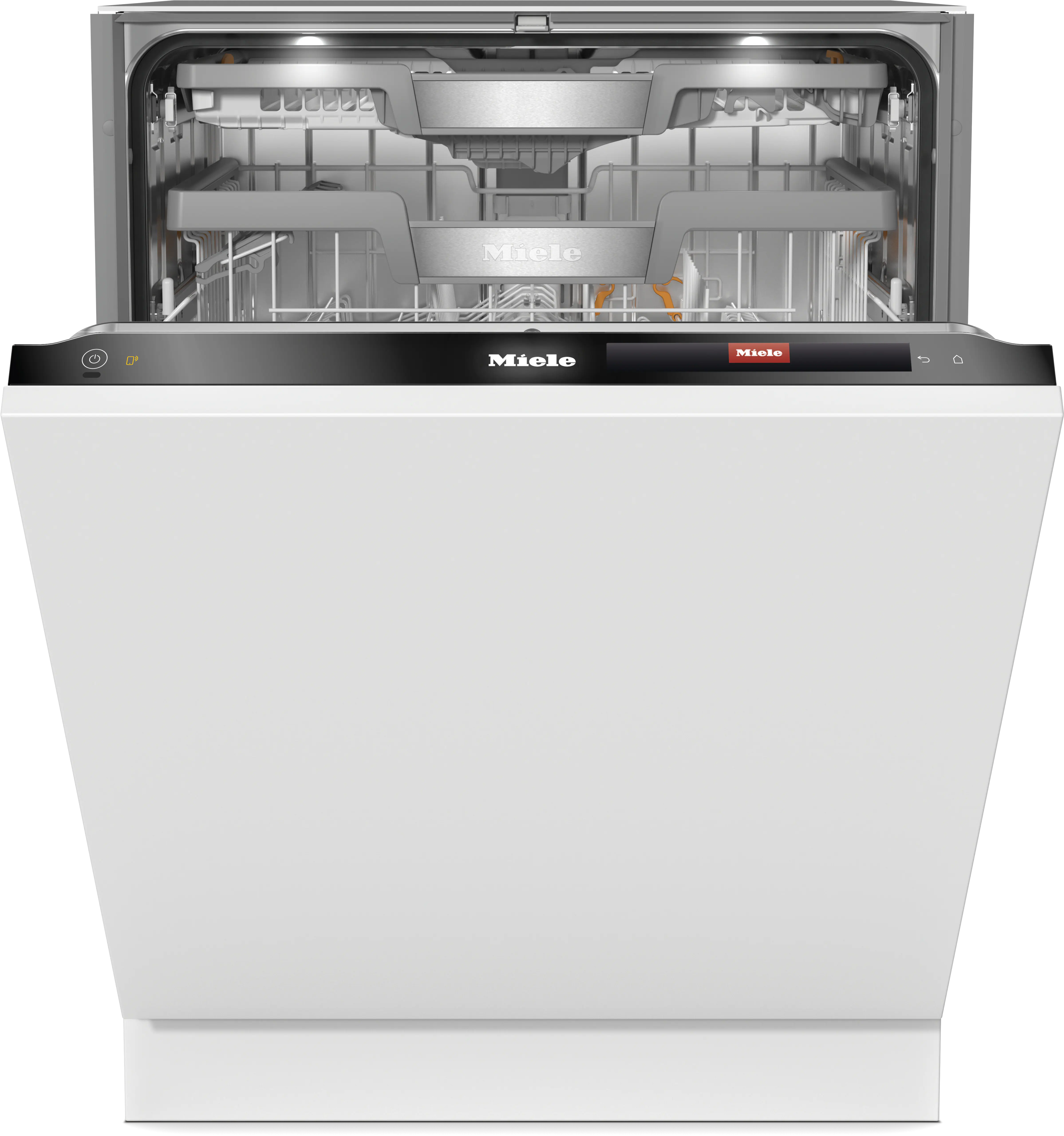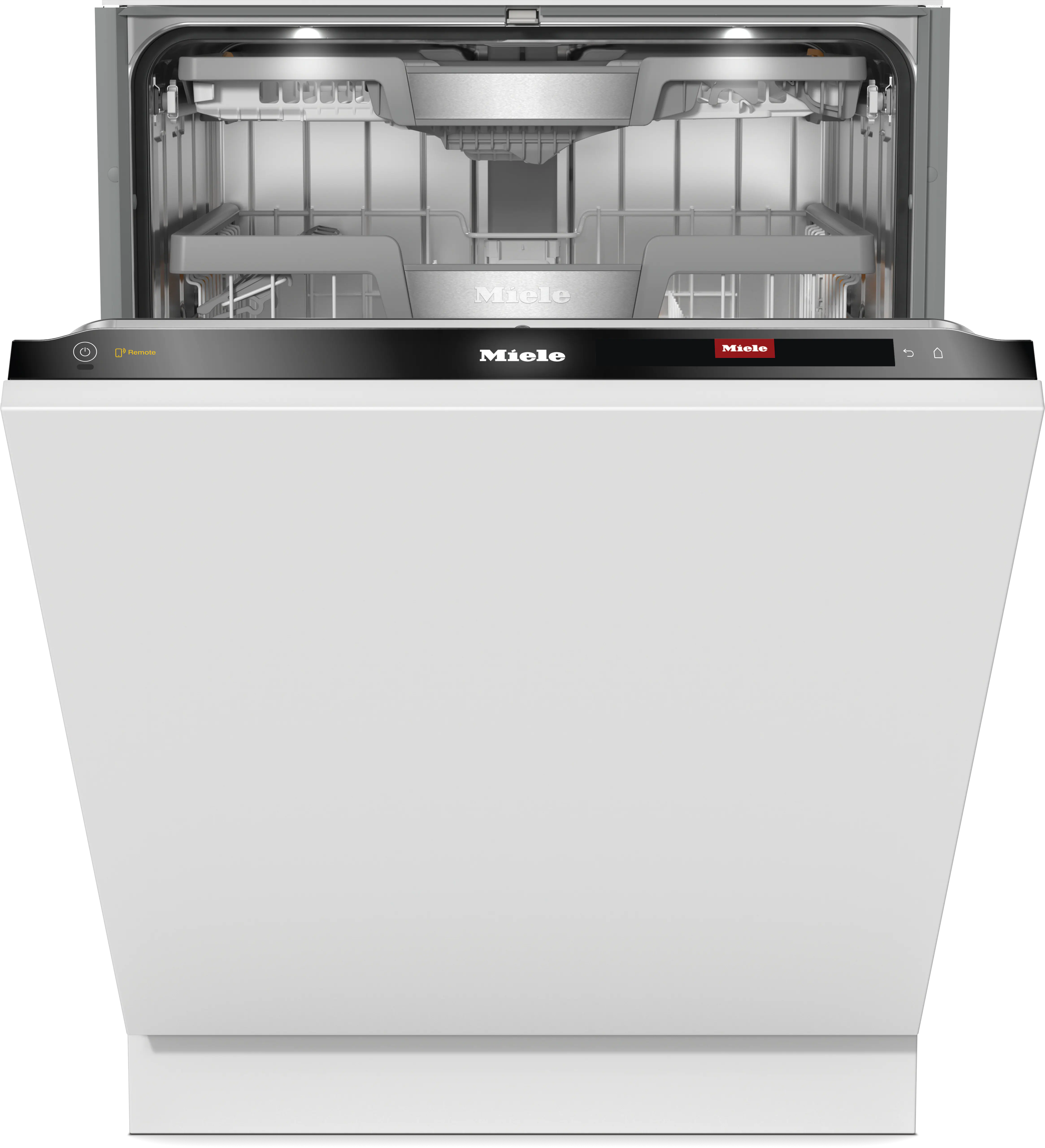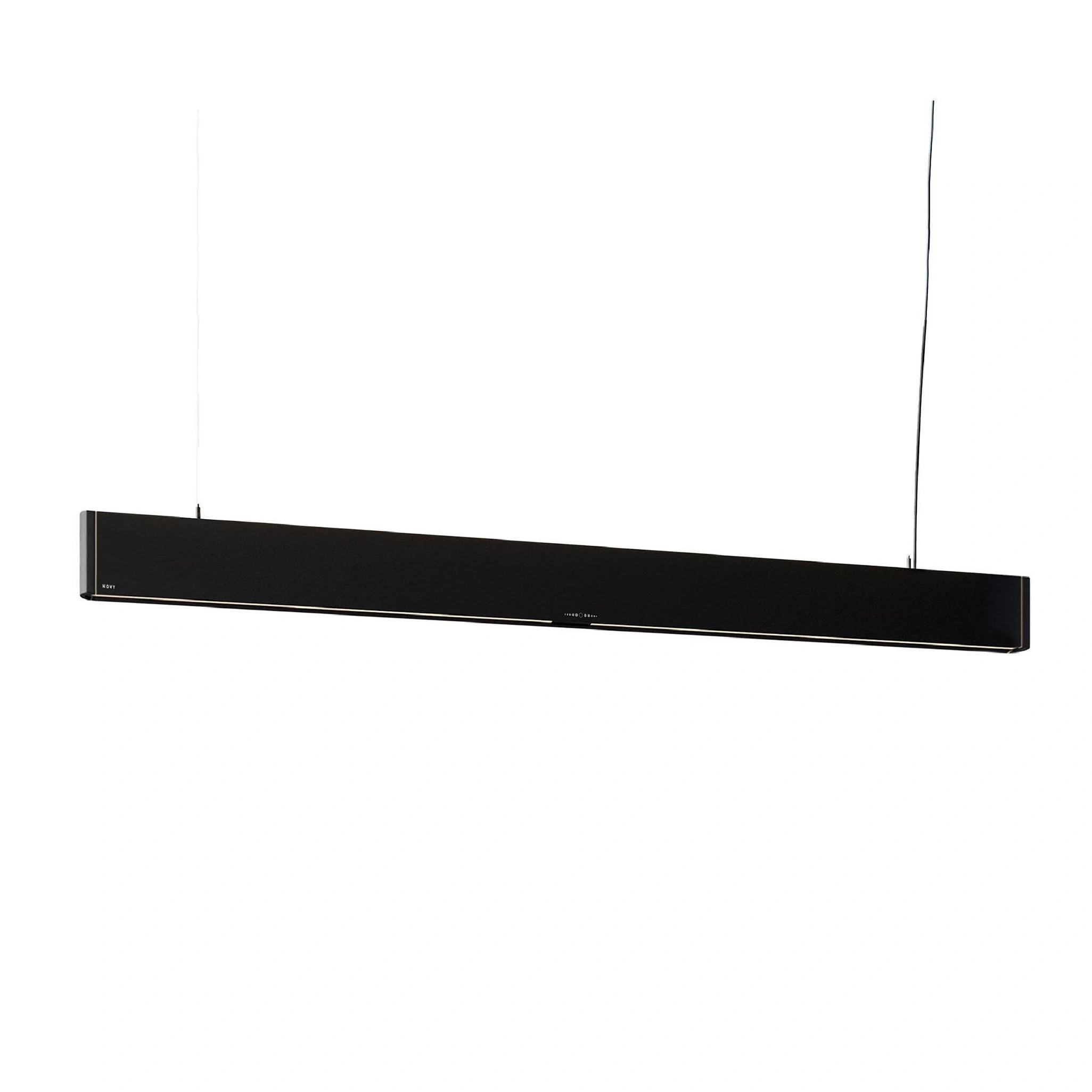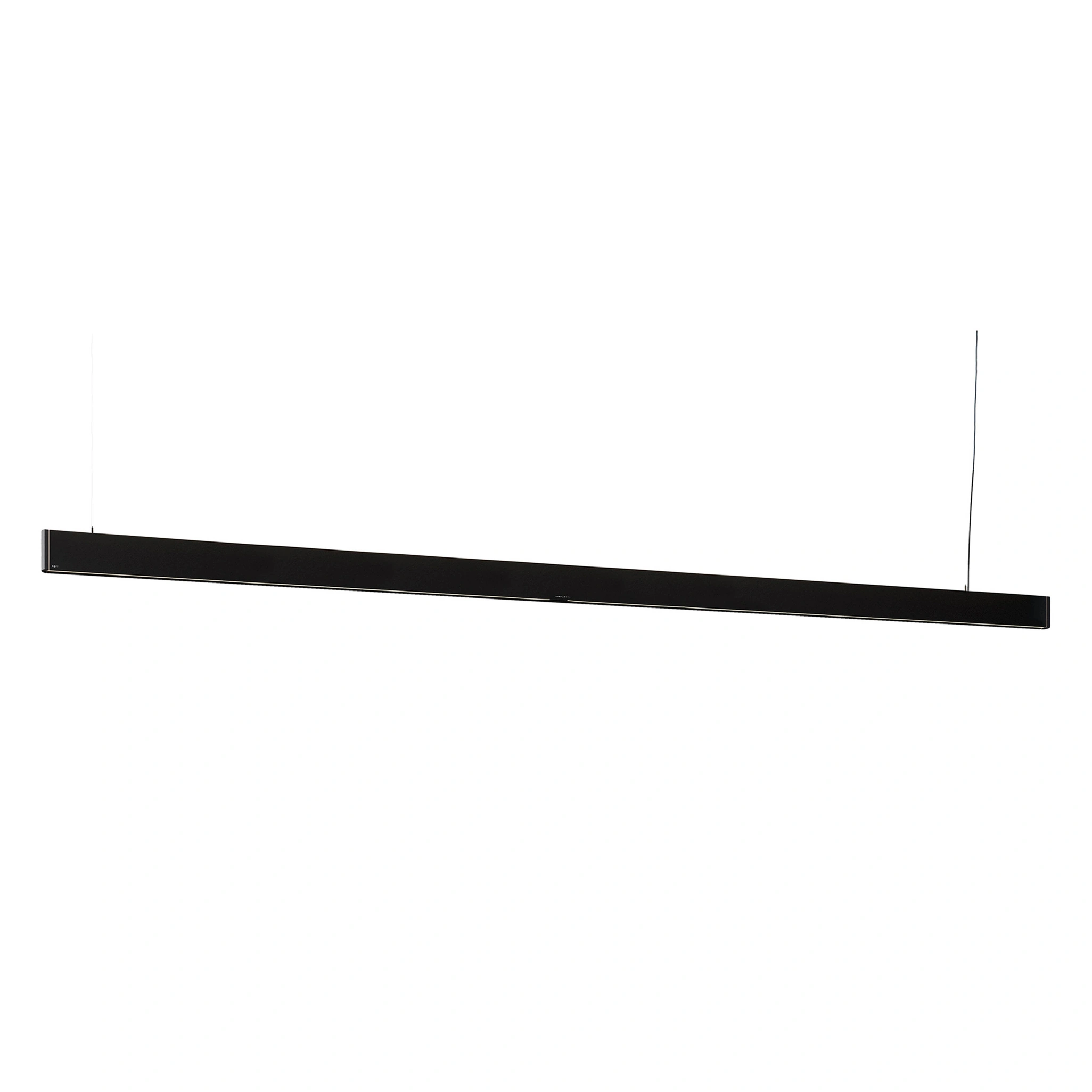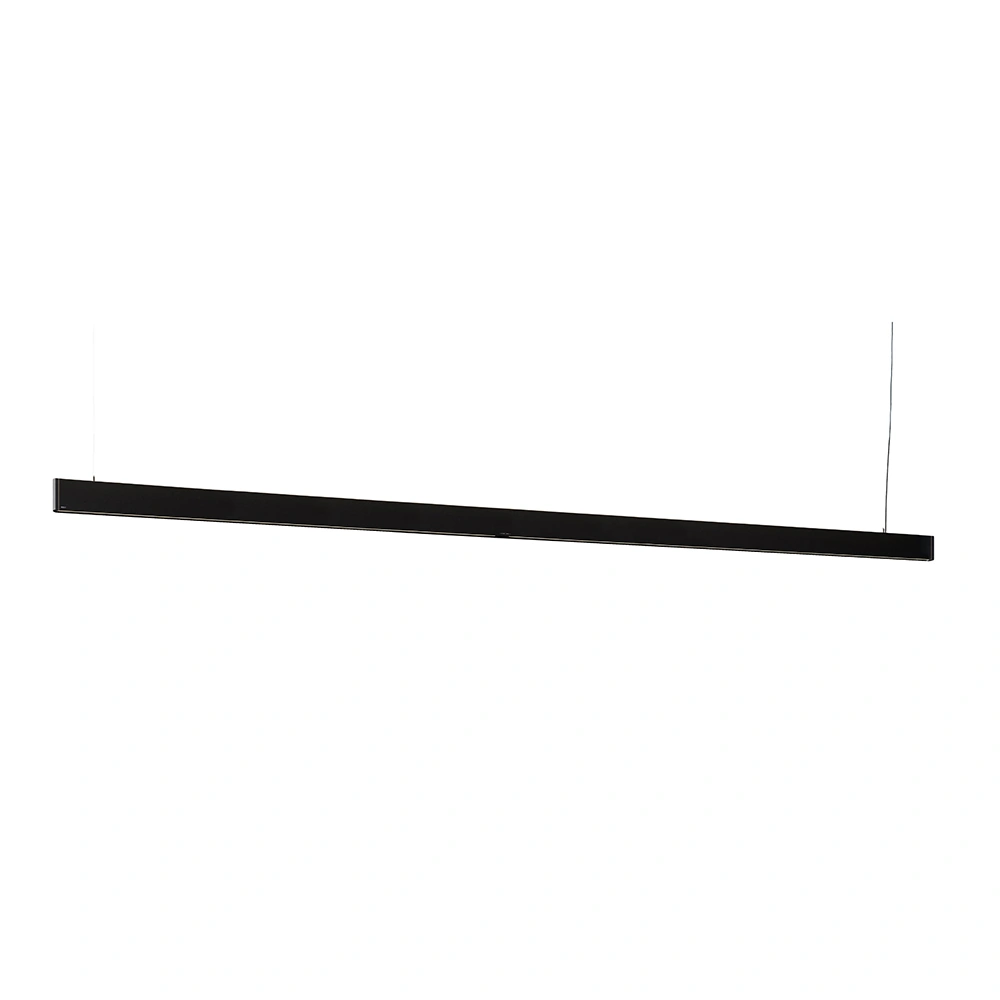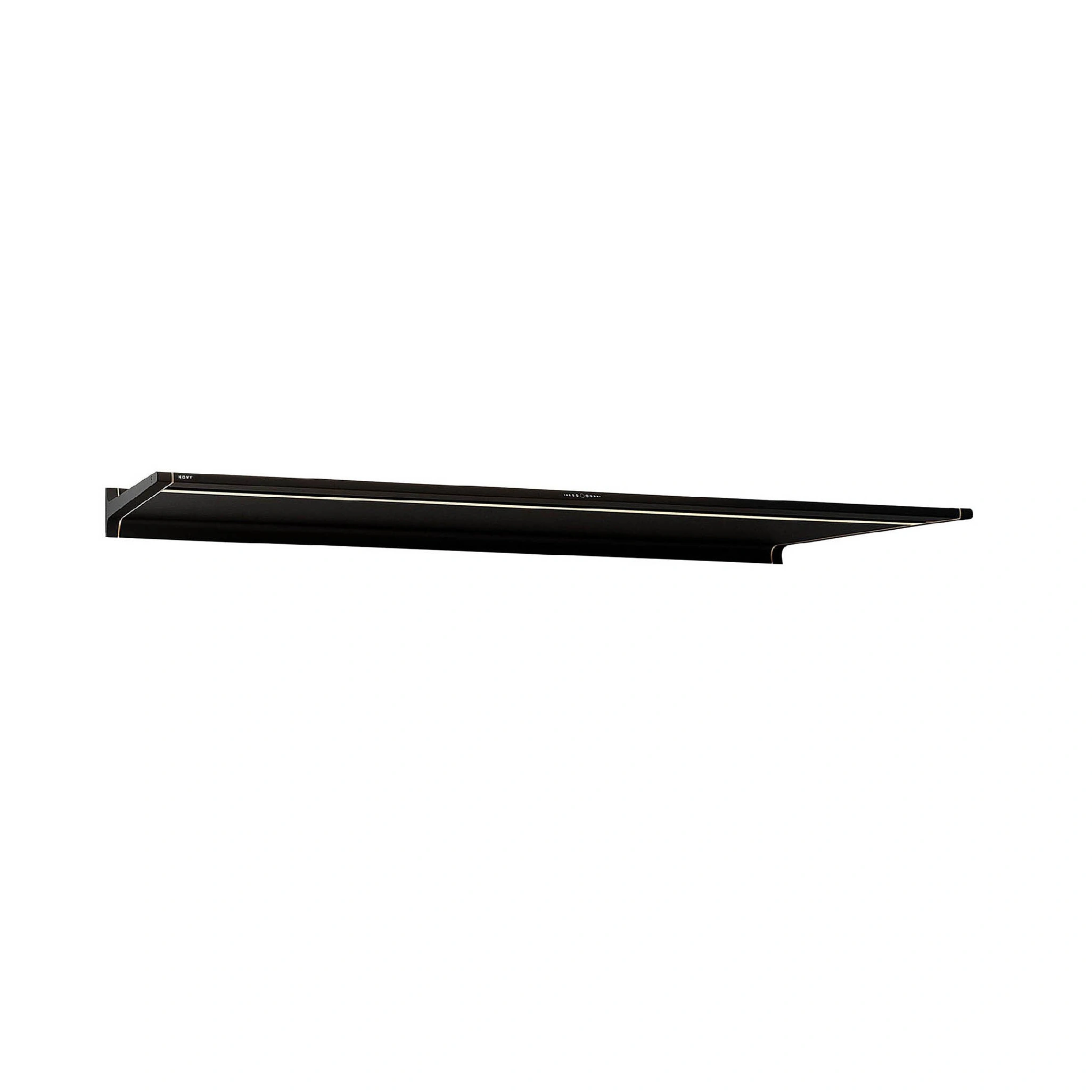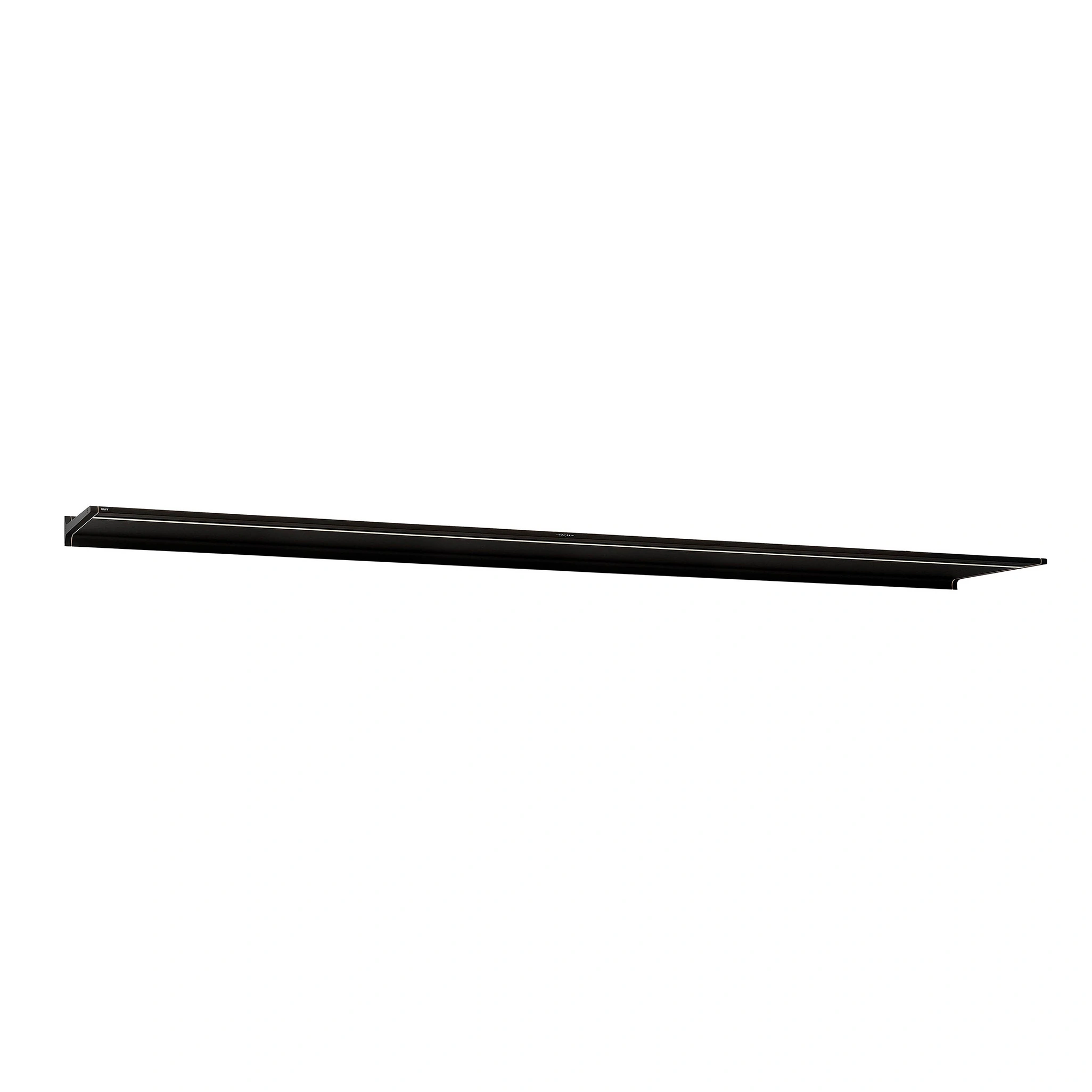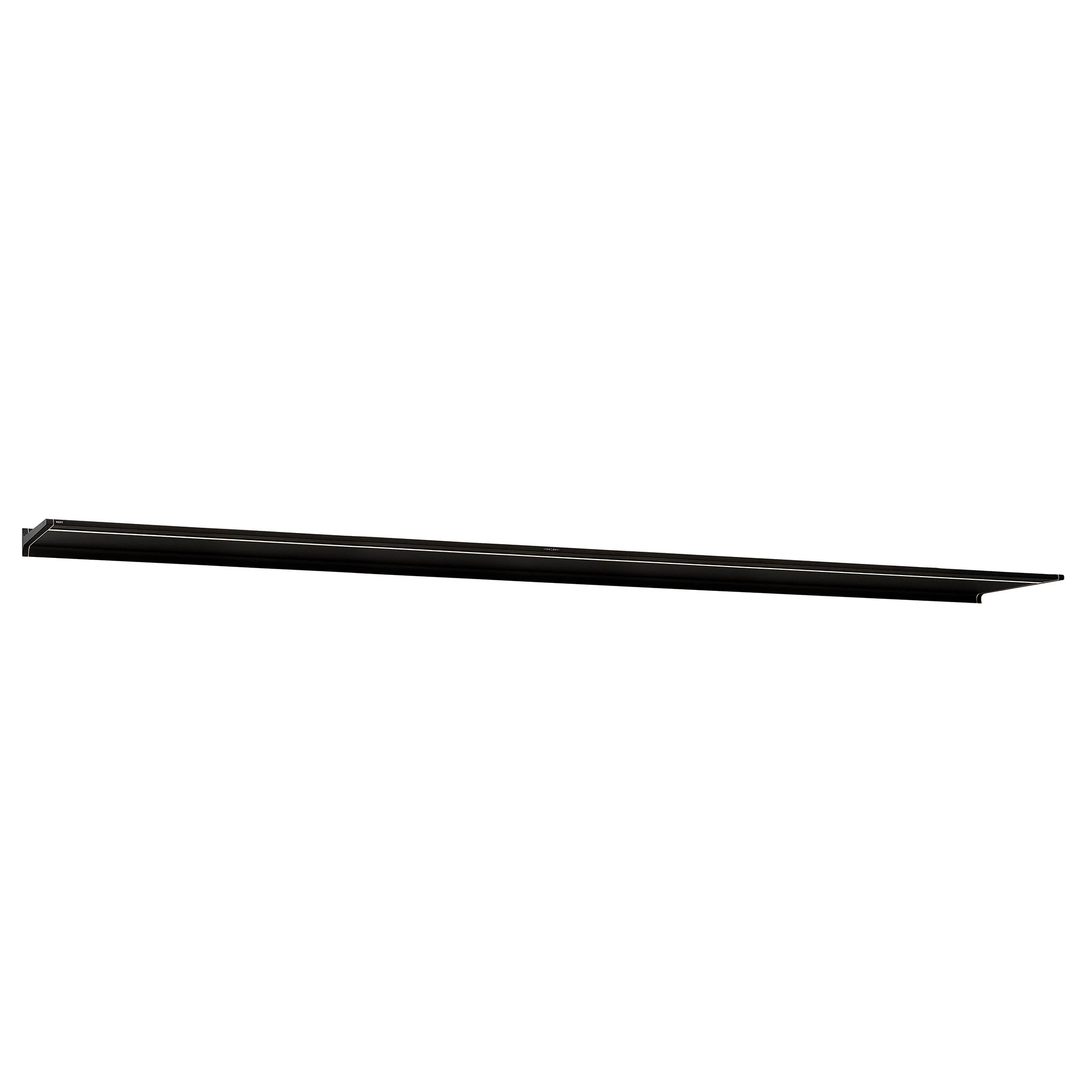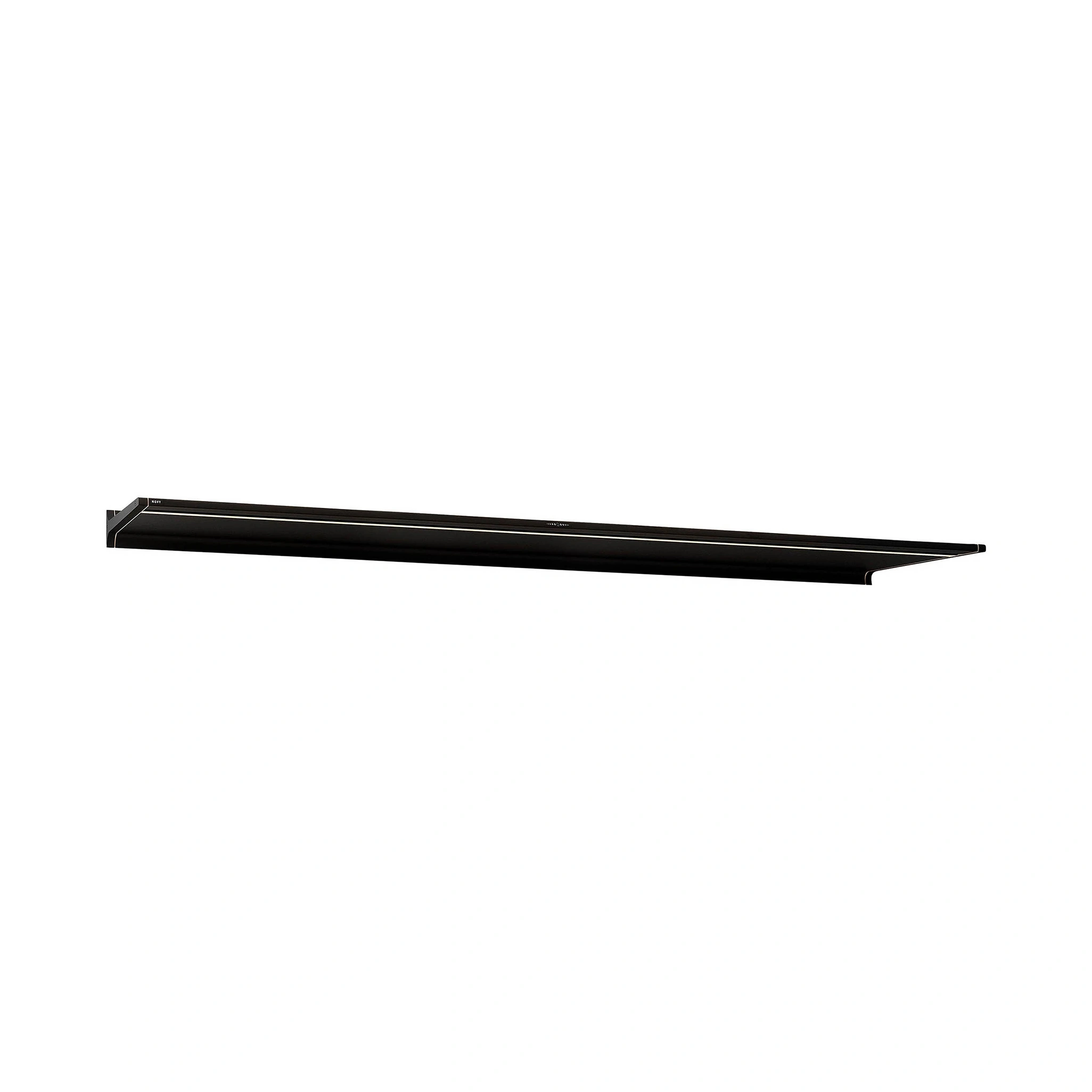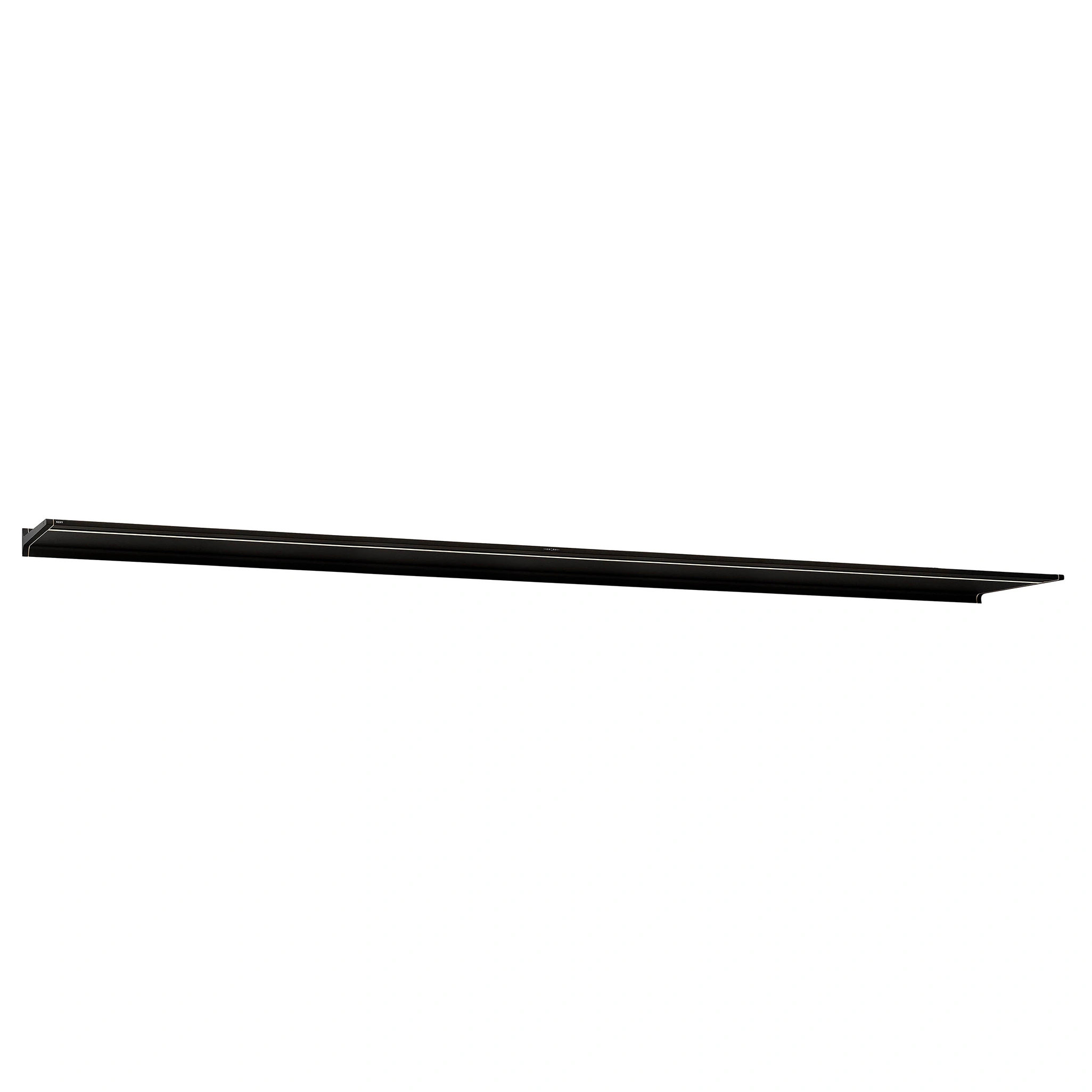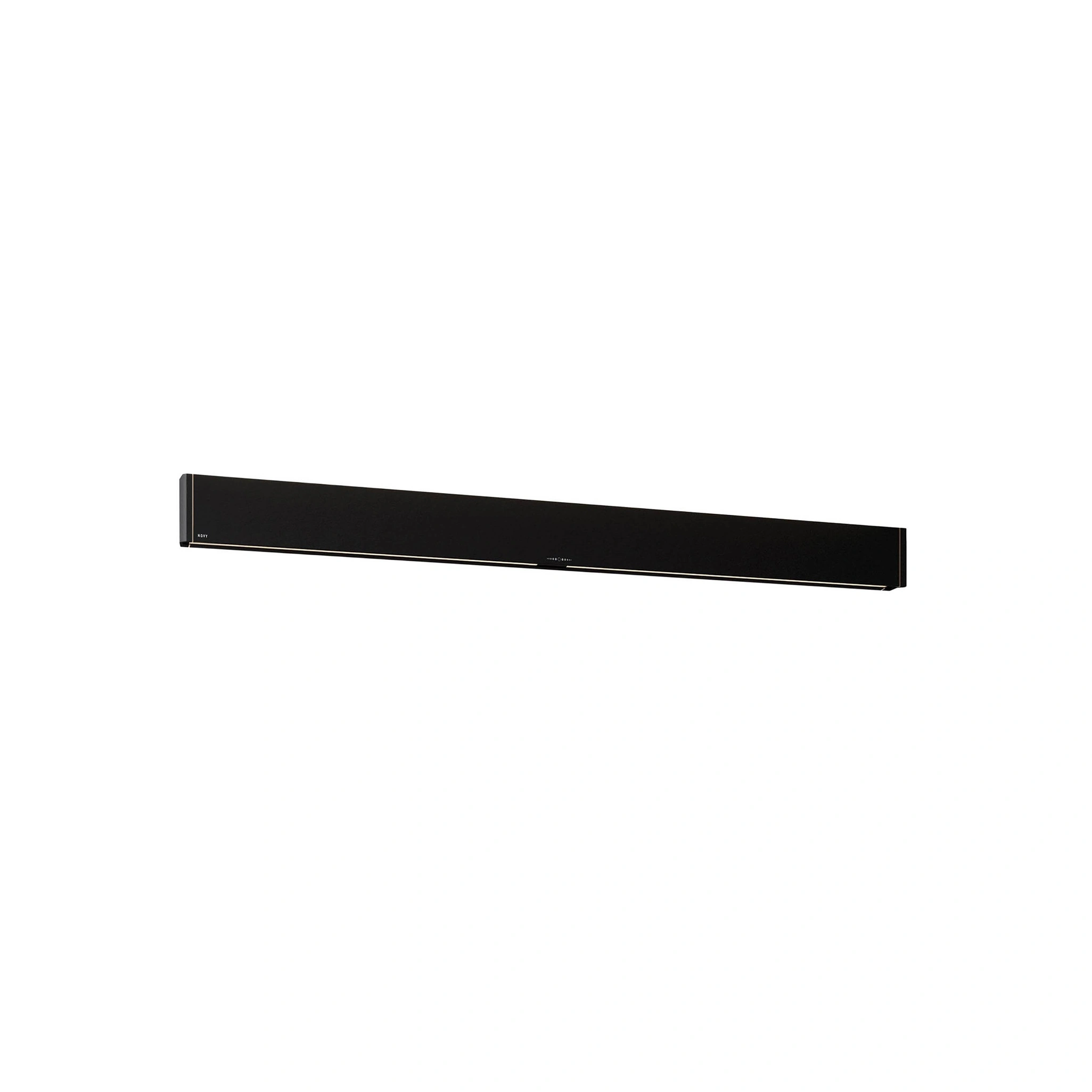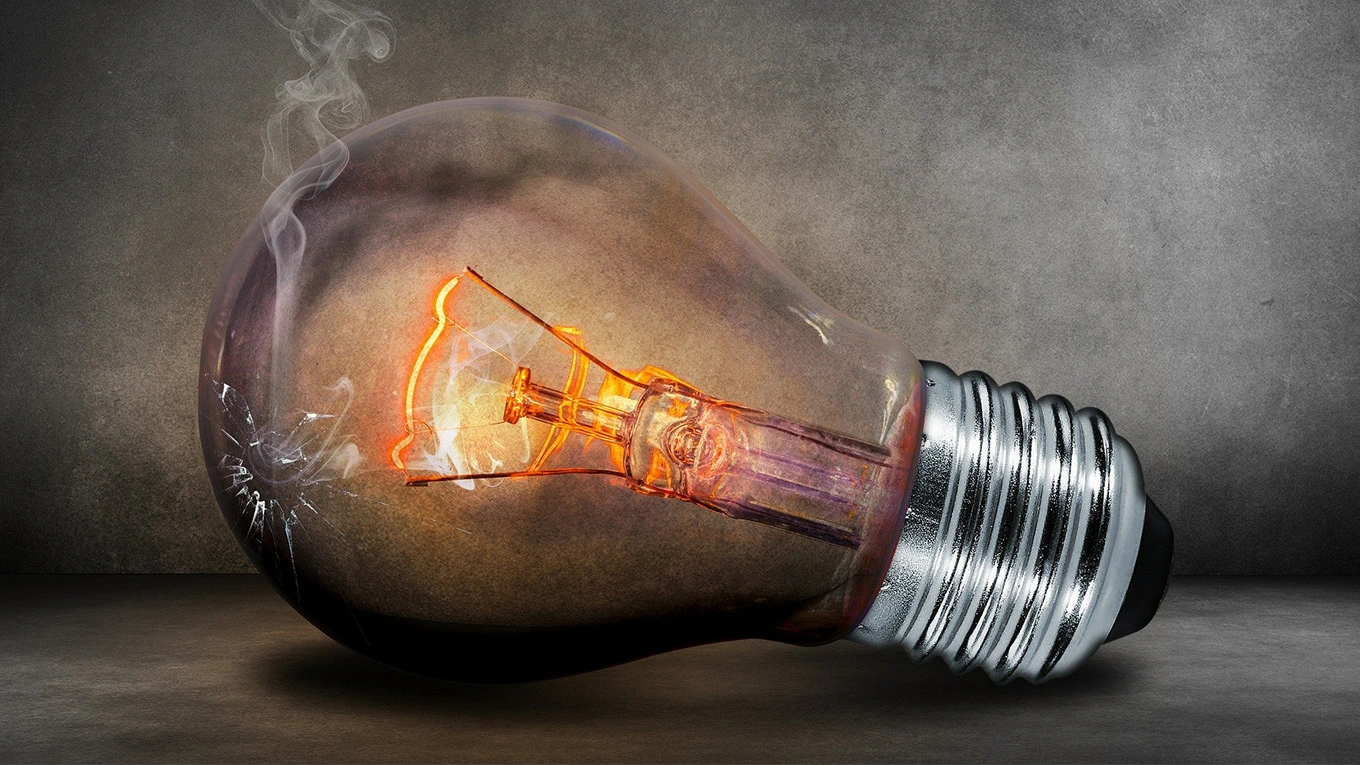
Energy guzzlers in the home: The best energy saving tips for the kitchen
Equipment such as refrigerators, ovens and hobs in the home use a lot of electricity. In Mykitchens Magazine you will find the best energy saving tips for the biggest energy guzzlers in the home.
reading time: approx. 3 minutes
Anyone who cooks every day uses a lot of electricity, gas and water. Unfortunately, this cannot be completely avoided, but it can be limited. Here we have found the biggest energy guzzlers in the household and summarized the best energy saving tips for the kitchen. We also have more information about current energy prices, energy efficiency classes and other energy saving tips in "Save energy in the kitchen".
These are the biggest energy guzzlers in the home
If you want to save energy, you should first identify the biggest sources of electricity in the home. These are usually the large electrical appliances that are used every day. Such as the stove. At around 445 kWh (kilowatt hours) a year, the hob consumes the most energy in the kitchen. Closely followed by the freezer and refrigerator, which of course consume electricity continuously because they have to cool down the interior permanently. The first step should therefore be to look at the appliances themselves. How old are the kitchen appliances? What energy efficiency classes do they have? Is it already worth replacing them with more energy-efficient models? The placement of the kitchen appliances can also play a role in energy consumption. For example, the refrigerator. More on that in a moment. First of all, let's ask ourselves: What are the biggest energy guzzlers in the home? Here is an (incomplete) list of examples.
These are the biggest energy guzzlers in the household:
- Stove
- Refrigerator
- Lighting
- Washing machines
- Dishwashers
- Televisions
- Computers
Electricity saving tips: stove & oven
An electric stove (or oven) consumes around 445 kWh per year. This makes the cooking area one of the biggest energy guzzlers in the home. You should opt for good energy efficiency classes (A+++ or A++). Both the cooking space volume and the heating function play a major role in the energy consumption of the oven.
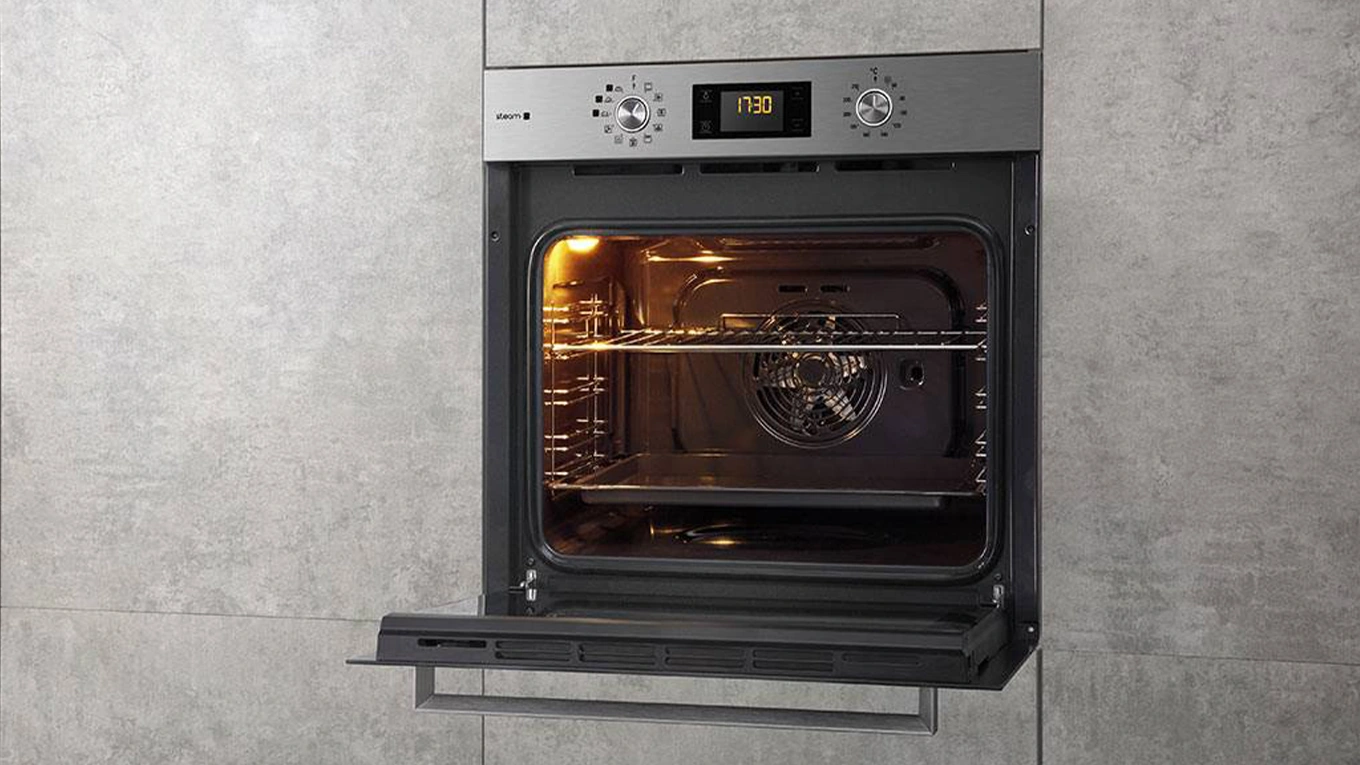
Tip 1: Close the oven door
Just as you should only open the refrigerator briefly so that no warm air gets in, it's the other way round with the oven. You should only open it briefly so that no warm air escapes. Otherwise, the air will have to be reheated using a lot of energy.
Tip 2: Avoid high temperatures
High temperatures use a lot of energy. That's obvious. After all, the air has to be heated accordingly. So it's better to cook at lower temperatures and not use additional functions such as pyrolysis too often.
Tip 3: Use circulating air
You can also save energy if you use the circulating air setting. Circulating air is.
Tip 4: Don't preheat
Even if almost every recipe says otherwise: The oven doesn't always have to be fully preheated. Just add a few minutes more to the cooking time. Then you can (almost) save yourself the trouble of preheating.
Tip 5: Use other appliances
Sometimes it makes sense to use a smaller appliance instead of the oven. For example, a microwave for defrosting or a toaster for toasting.
Tip 6: Defrost frozen food beforehand
Cold and frozen food takes longer to cook. You can save energy with the oven if you only heat up warm food. A little tip: Defrosting frozen food in the fridge saves additional energy, as the cold food gives the fridge additional cold.
Energy saving tips: hob
You can also save electricity effectively with the hob if you follow a few tips. Energy consumption can be relevant even when it comes to the type of hob. Do you choose a gas hob or an electric hob? Or do you opt for induction? The latter is more expensive to buy, but saves a lot more energy than its competitors. On the induction cooktop, food is heated faster and more energy-efficiently than on a simple glass ceramic hob with electric operation. On average, you can save up to 20% on energy costs.
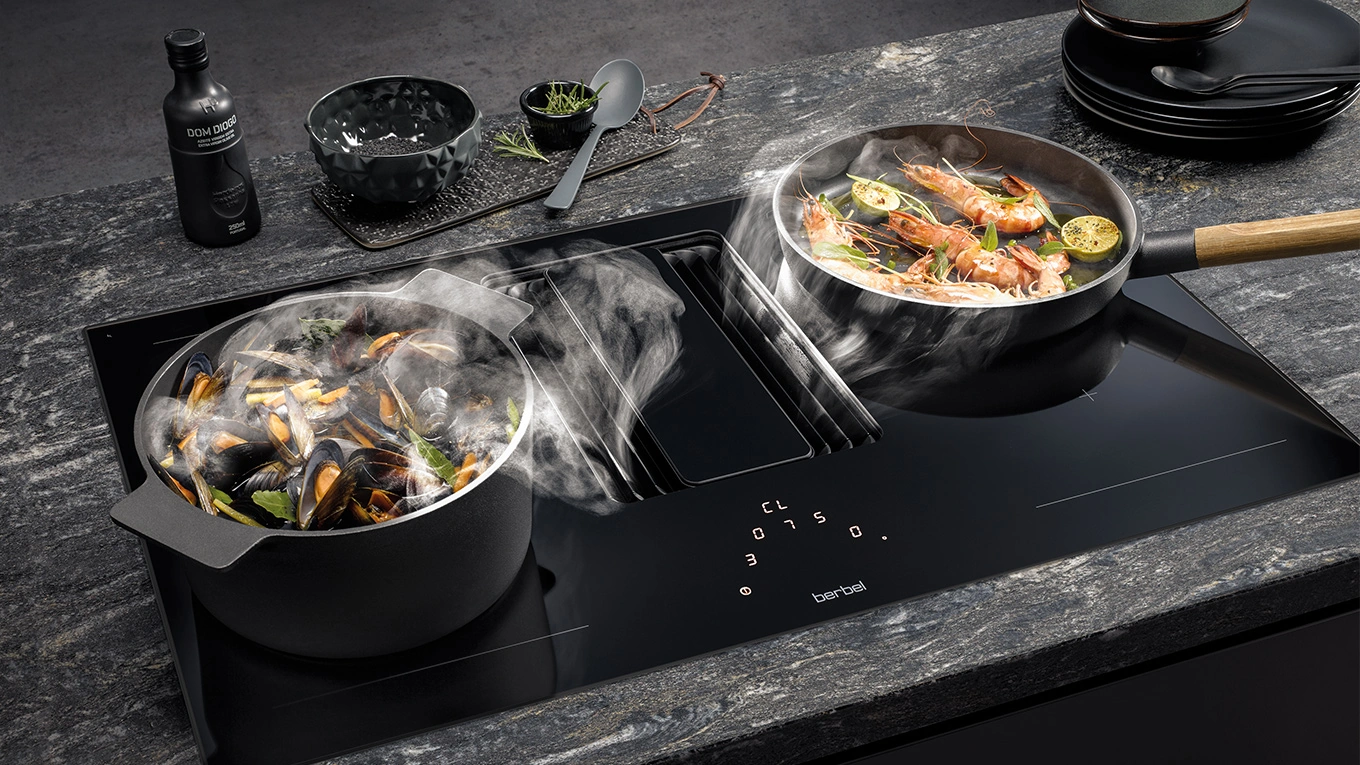
Tip 1: Heat up food in the microwave
To heat up food, it is better to use the microwave instead of turning on the stove. This not only saves electricity, but also time.
Tip 2: Use a lid
Every pot needs a lid! So use it. Boiling water without putting the lid on the pot uses more than twice as much energy. The lid ensures that the contents of the pot are not cooled down by the outside air.
Tip 3: Use special cookware
The right cookware saves energy (and time) when cooking. For example, use a pressure cooker if the cooking time is 20 minutes or more. This saves up to 30% energy. The right pot size can also reduce electricity consumption when cooking. The pot should not be smaller than the stovetop, otherwise you will lose valuable heat.
Tip 4: Use fewer pots
Become a fan of one-pot dishes. Fewer cooking zones also use less energy. So avoid using lots of pots and pans.
Tip 5: Use a kettle for boiling water
Boiling water in a kettle takes longer than bringing the same amount to 100° Celsius in a kettle. Innovations such as the boiling water tap (e.g. from Quooker) can also reduce electricity consumption when cooking. Boiling hot water comes out of the kitchen tap, which is ideal for cooking pasta or rice.
Tip 6: Use residual heat
Also, turn off your hob early. The residual heat is more than sufficient when the food is almost ready.
Electricity saving tips: Refrigerator
With an annual energy consumption of around 330 - 415 kWh, freezers and refrigerators are some of the biggest energy guzzlers in the home. No wonder! Supplies are cooled down non-stop day and night.
The electricity consumption of new refrigerators has fallen sharply in recent years. So ask yourself: How old is my appliance and is it perhaps time to buy a new one? In most cases, it is worth replacing the old appliance and buying a refrigerator with a better energy saving class. This may seem like a big investment at first glance, as new refrigerators with good energy efficiency classes can cost a lot. In the long run, however, refrigerators in the best class A, B or C save energy and money.
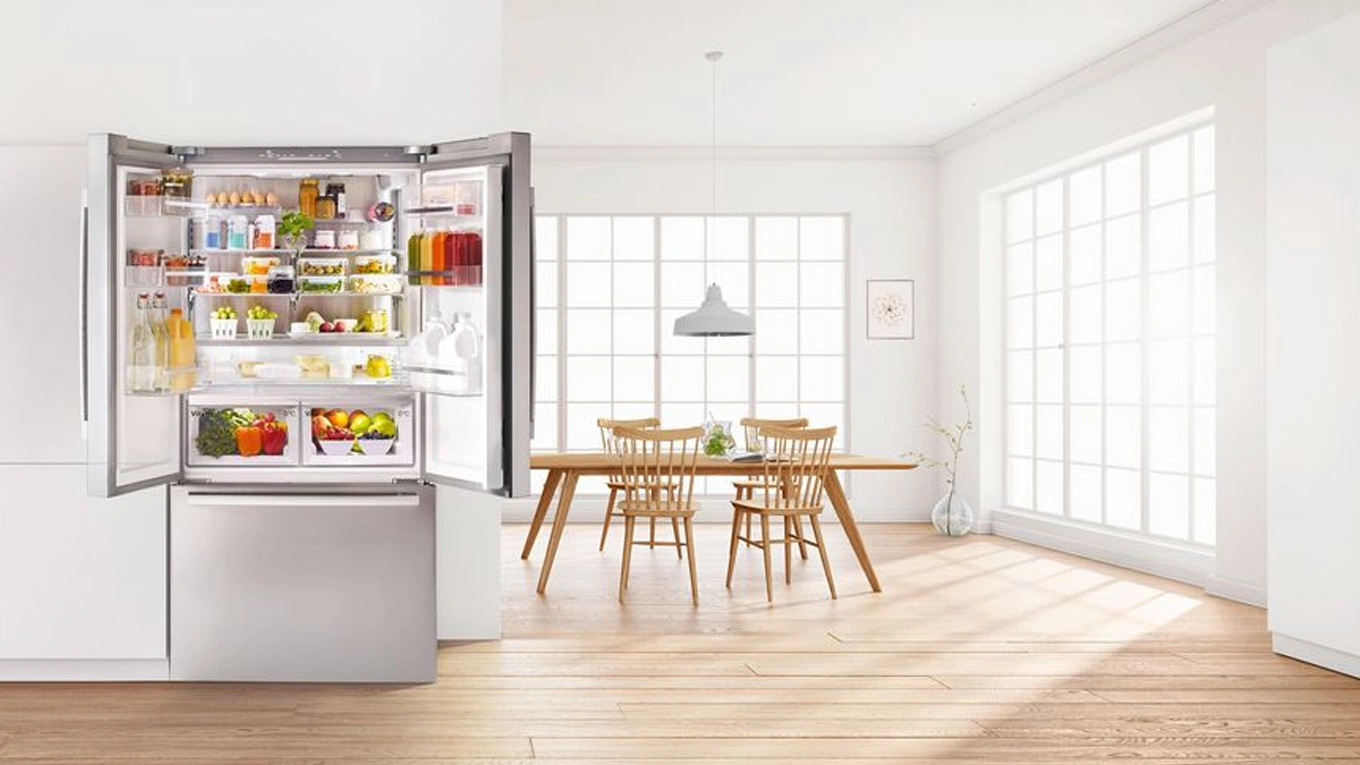
Tip 1: Close the refrigerator door
Make sure you rarely open the refrigerator door and only do so briefly. The warmer air that gets in has to be cooled down again, which increases electricity consumption.
Tip 2: Let food cool down
For the same reason, you should let cooked food cool down before putting it in the fridge. Cooling warm food also uses a lot of energy in the fridge.
Tip 3: Sort your fridge properly
If everything is in the optimal place in the fridge, this can also significantly reduce energy consumption. The fridge has special climate zones that are suitable for different types of food. Read our article "Sort your fridge" to find out where you should store which foods in the fridge.
Tip 4: Choose the optimal location
The location of your refrigerator also has an impact on energy consumption. Do not place your appliance near heat sources such as a stove, dishwasher or radiator. Direct sunlight can also increase the refrigerator temperature unnecessarily. Also remember that the refrigerator can dissipate waste heat well. Therefore, make sure that the air vents are not blocked or covered.
Tip 5: Defrost the freezer compartment
If you have a fridge-freezer combination, an iced-up freezer compartment can also lead to high energy consumption. If ice has already formed, the appliance has to use additional energy. Regular defrosting is therefore a good idea. There are now also appliances that have an automatic defrost function. This prevents the freezer compartment from icing up all by itself. When buying, look for functions such as "Low Frost" or "No Frost".
Tip 6: Choose the right temperature
As a rule of thumb, you can say that 7 degrees in the fridge and -16 degrees in the freezer are completely sufficient. It rarely needs to be colder, e.g. in the summer months. In this case, a fridge temperature of around 5° and a freezer temperature of around -18° Celsius is recommended.
Electricity saving tips: dishwashers
Dishwashers use around 245 kWh per year, following stoves, refrigerators and washing machines in the list of the biggest energy guzzlers in the home. The easiest way to save energy when washing dishes is to choose a good energy efficiency class. Class A or B dishwashers are among those with the lowest water and electricity consumption.
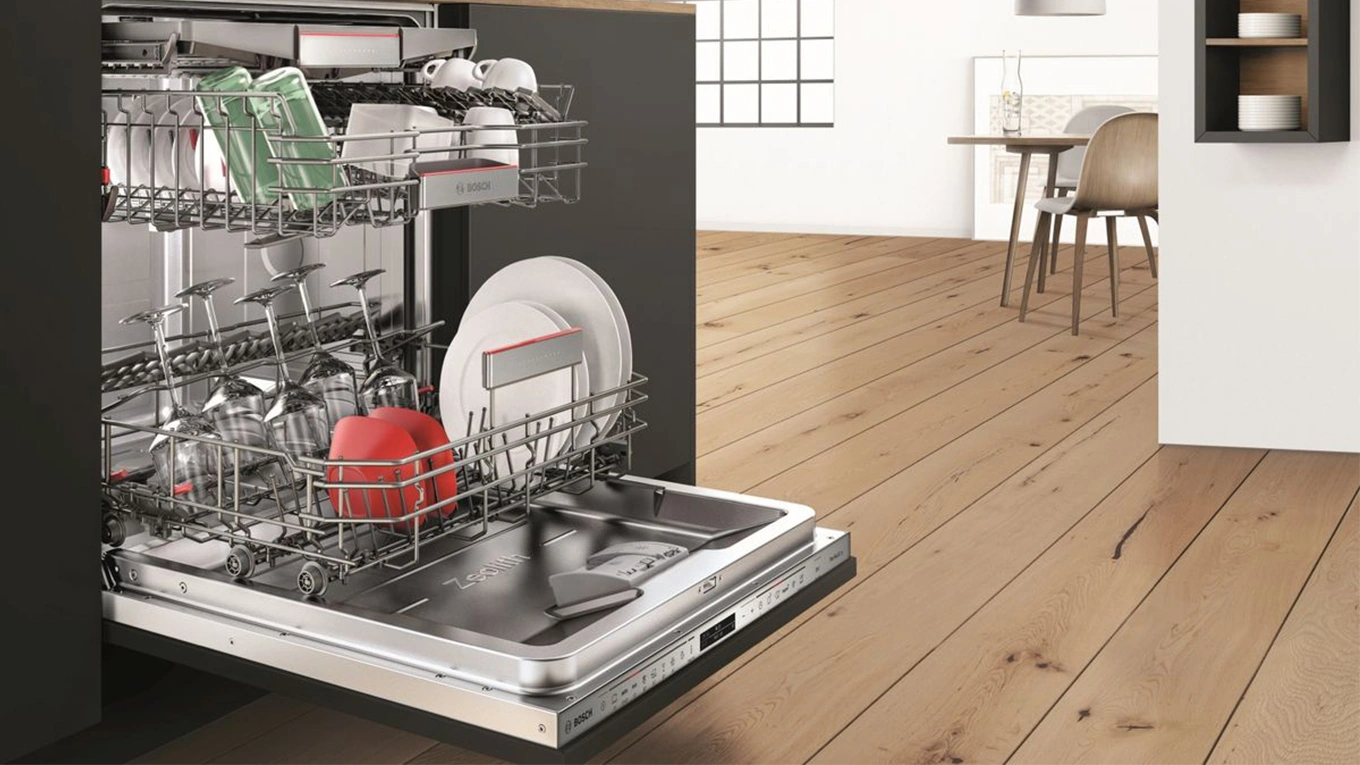
Tip 1: Set the water hardness:
Before you start using your appliance, it is a good idea to set the correct water hardness. This not only saves electricity, but also increases the lifespan of your dishwasher.
Tip 2: Use the right water connection
If you now want to connect your machine, it is best to use the water connection of your heater. This will avoid additional heating of the water, which ultimately also saves energy.
Tip 3: Fill the dishwasher correctly
When filling the dishwasher, make sure that it is really full. If the machine is half full, you will need twice as much water as electricity to wash the same amount of dishes. However, the dishwasher should not be overfilled. If you have to run the re-wash program because your dishes are not clean, consumption will naturally increase again.
Tip 4: Use the Eco program
Nowadays, almost all dishwasher manufacturers offer an energy or eco-saving program for their machines. You should use this in 90% of cases. Because it makes lightly soiled and normally soiled dishes super clean.
Tip 5: Don't pre-wash
Only wash heavily soiled dishes, such as pots or pans, before putting them in the dishwasher (if at all). This allows you to use an energy-saving washing program. Otherwise, you should avoid pre-washing dishes because it is unnecessary with modern dishwashers and uses water unnecessarily.
Tip 6: Keep it clean
And last but not least: always keep the filter and other dishwasher parts clean. This way the water will not be blocked from draining, which in turn means less water and energy is wasted.
Energy saving tips: washing machine & dryer
Washing and drying clothes also consume a lot of energy. Consumption varies depending on the size of the household and the number of washes per week. On average, washing machines and dryers use 220 kWh of energy per year.
When buying, you should look at the energy label: This shows the energy consumption of washing machines for 100 operating cycles - based on the capacity. To compare different types and models, you should only use machines of the same size.
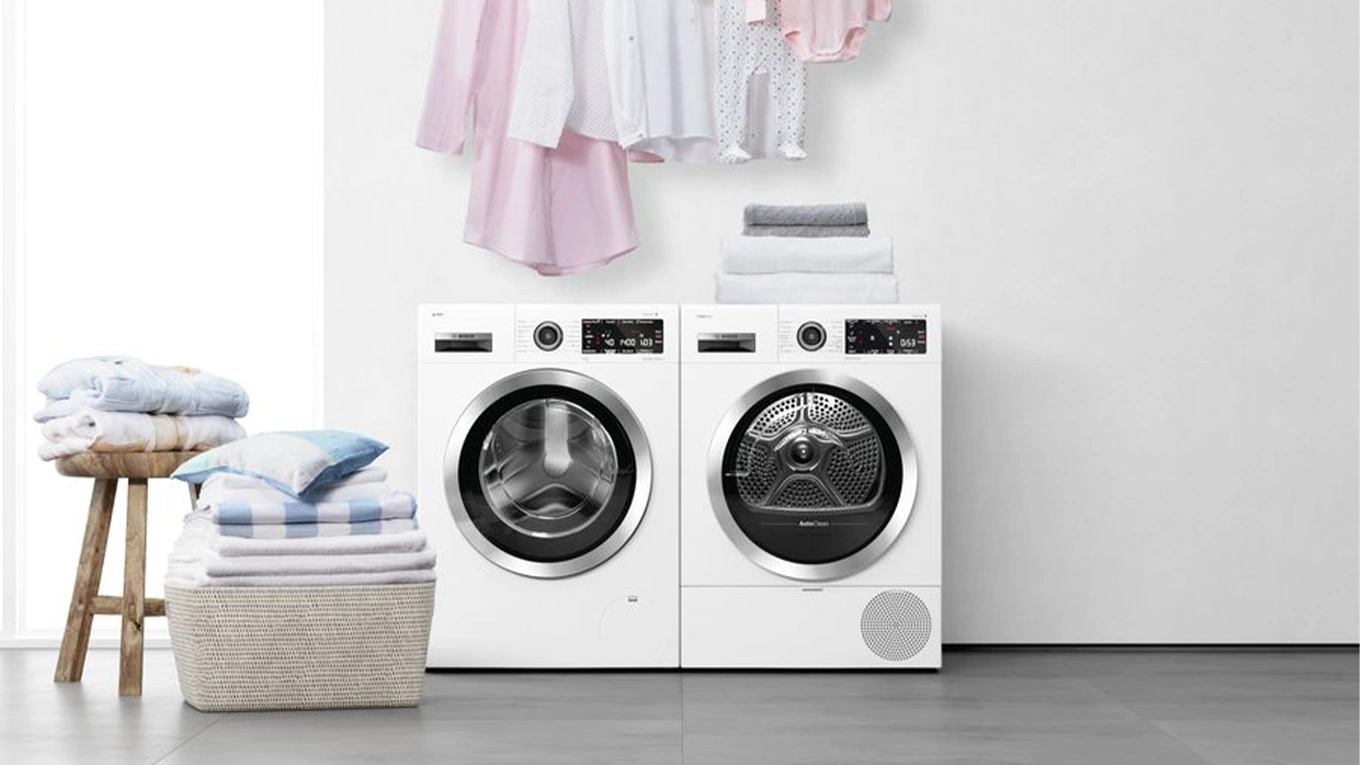
Tip 1: Use detergent sparingly
If you want to save energy and water when washing, you should use the right detergent - and sparingly. Washing powder cleans a little better than liquid detergent and is also cheaper and more environmentally friendly. When choosing the amount, you should take into account the hardness of your water and the degree of soiling of the laundry.
Tip 2: Use the Eco program
Eco programs on washing machines clean laundry more gently, using less electricity and water. However, they often take a little longer. In general, lower temperatures are better for lightly soiled clothing.
Tip 3: Load correctly
A fully loaded washing machine is of course more energy efficient than a half-filled machine. However, don't load it too full because the washing machine won't be able to work efficiently enough. You might then have to wash again. Unfortunately, that would defeat the purpose...
Electricity saving tips: kitchen lighting
Lighting in the home consumes around 330 kWh per year. Of course, this consumption is not only in the kitchen, but in the entire living space. Nevertheless, you can also save a lot of energy when it comes to lighting in the kitchen. We'll tell you exactly how with our best energy saving tips for kitchen lighting.
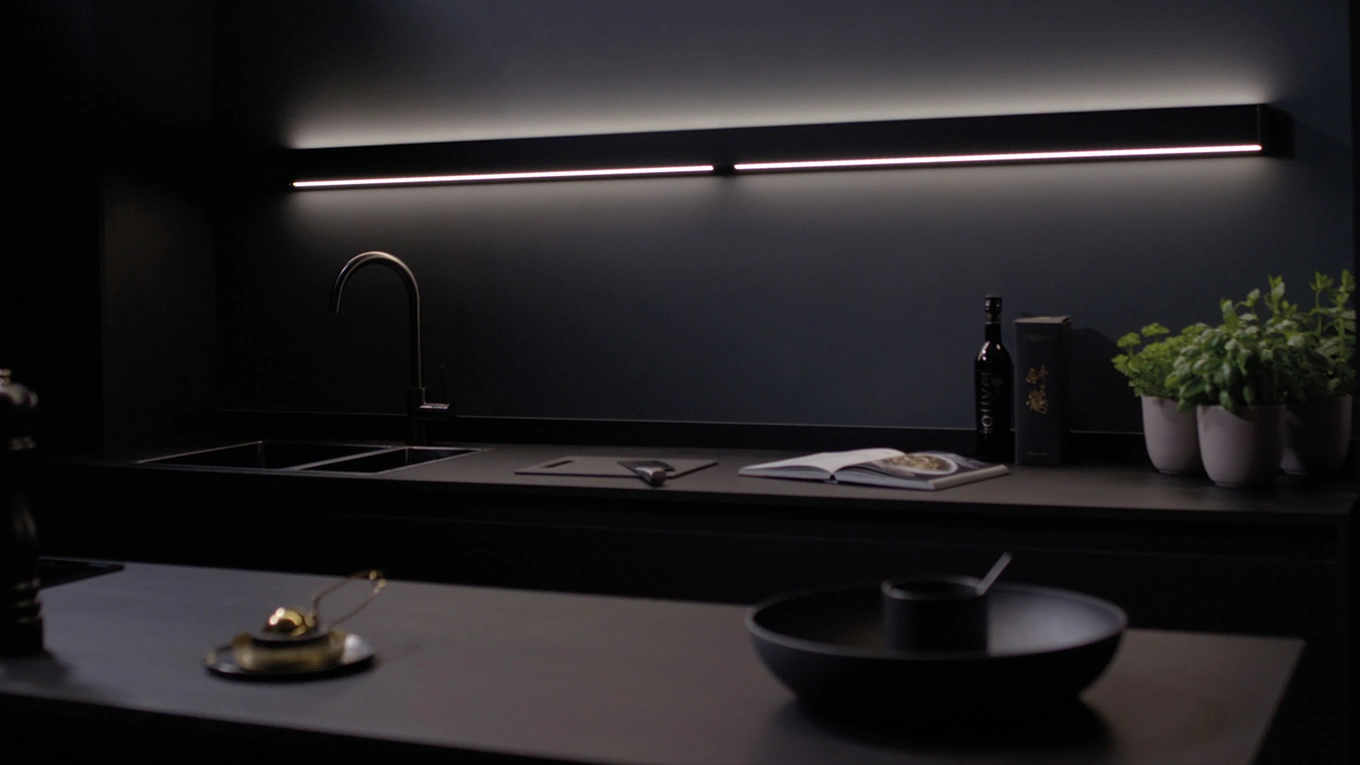
Tip 1: Use LED lights
Replace old light bulbs that are old and do not meet modern standards. Instead, you should use energy-saving bulbs or (even better) LED lights, which save about a fifth of the electricity costs for lighting.
Tip 2: Use daylight
Plan a new kitchen so that you can use daylight as a light source for as long as possible.
Tip 3: Set highlights
Kitchen lighting installed at specific points not only looks chic, but is also more practical than a large kitchen light. The light is always available where it is needed.

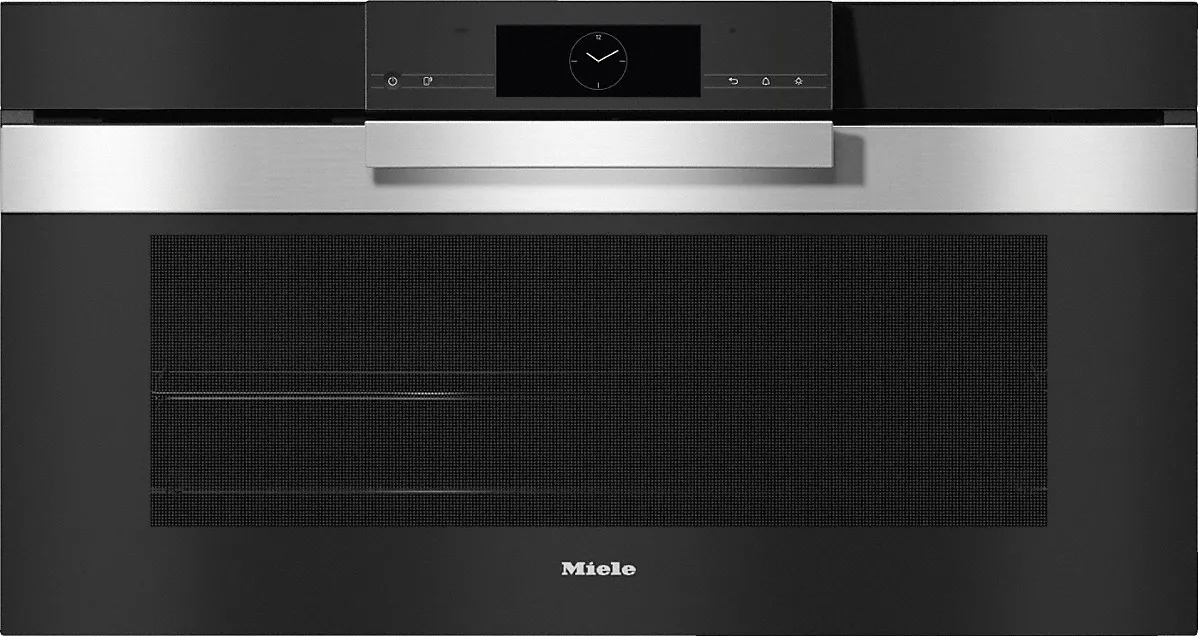
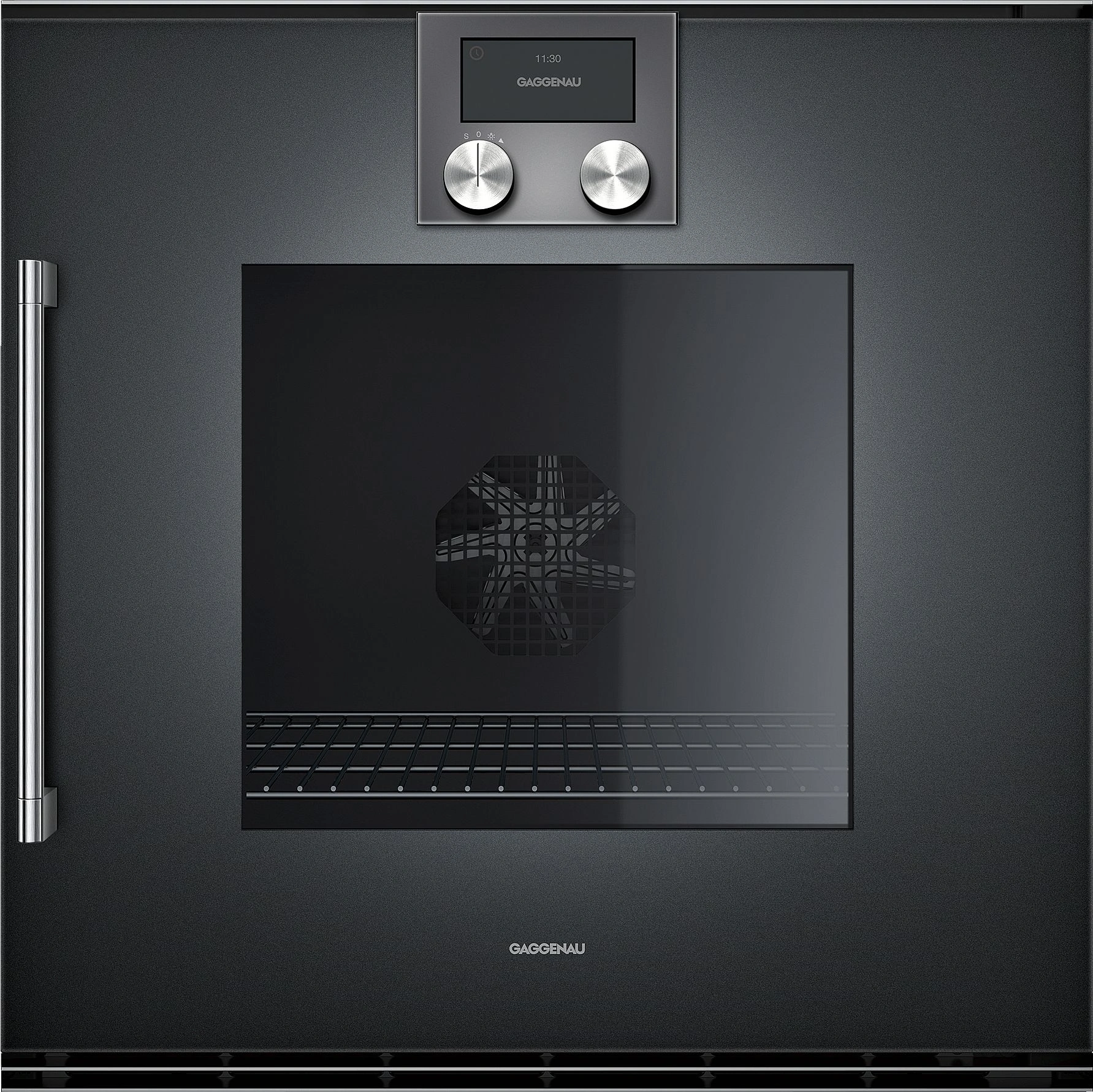
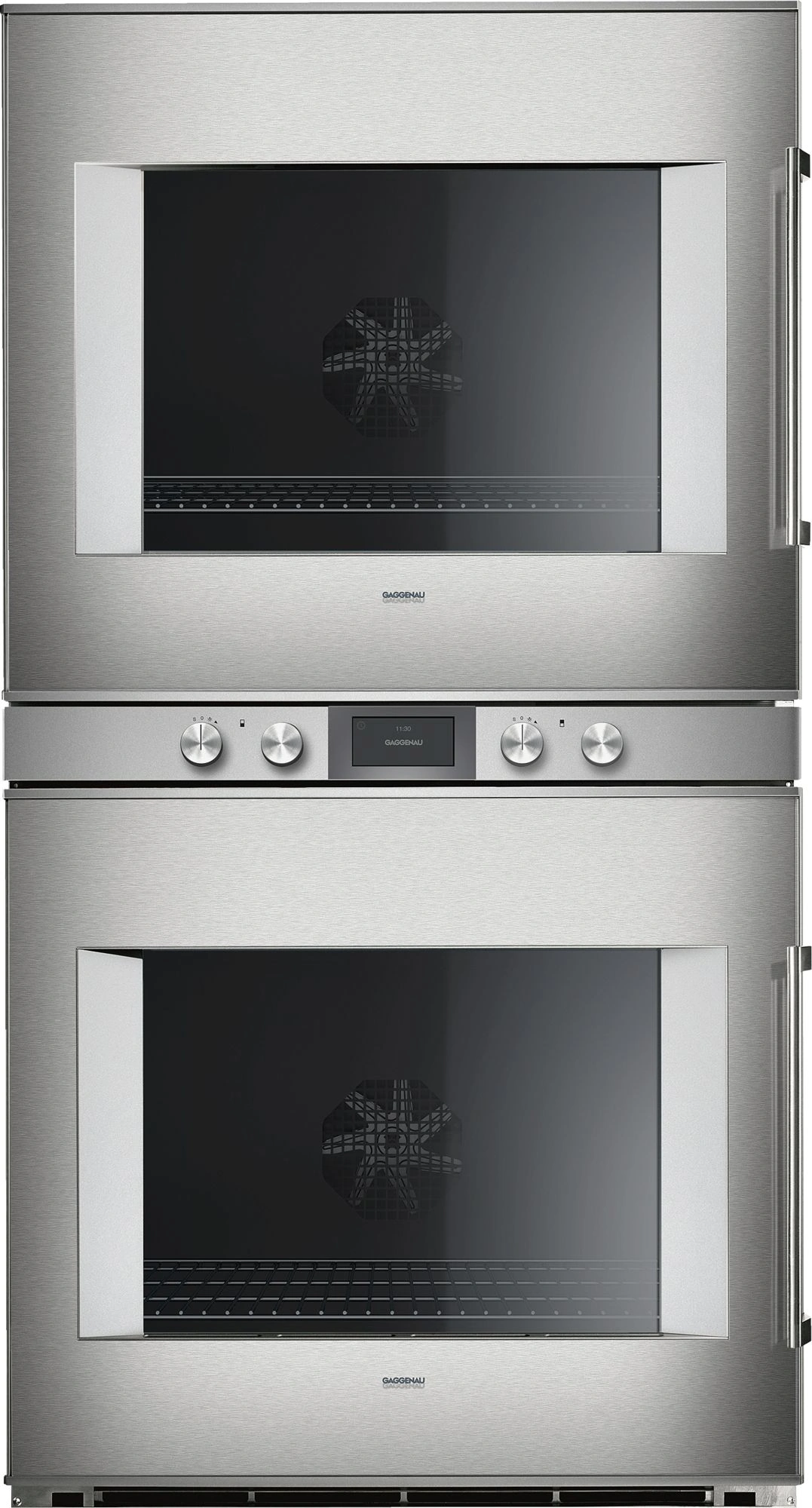
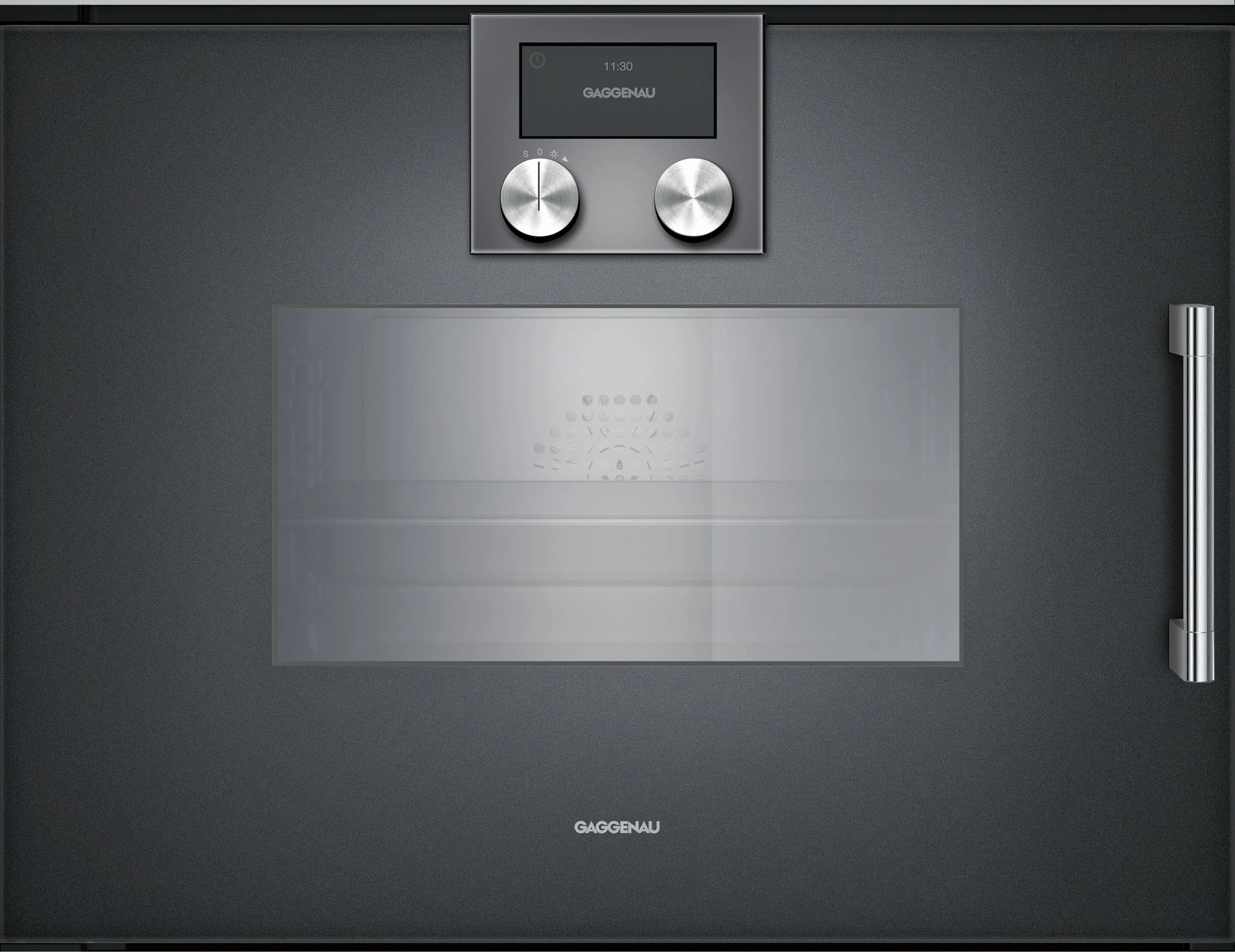
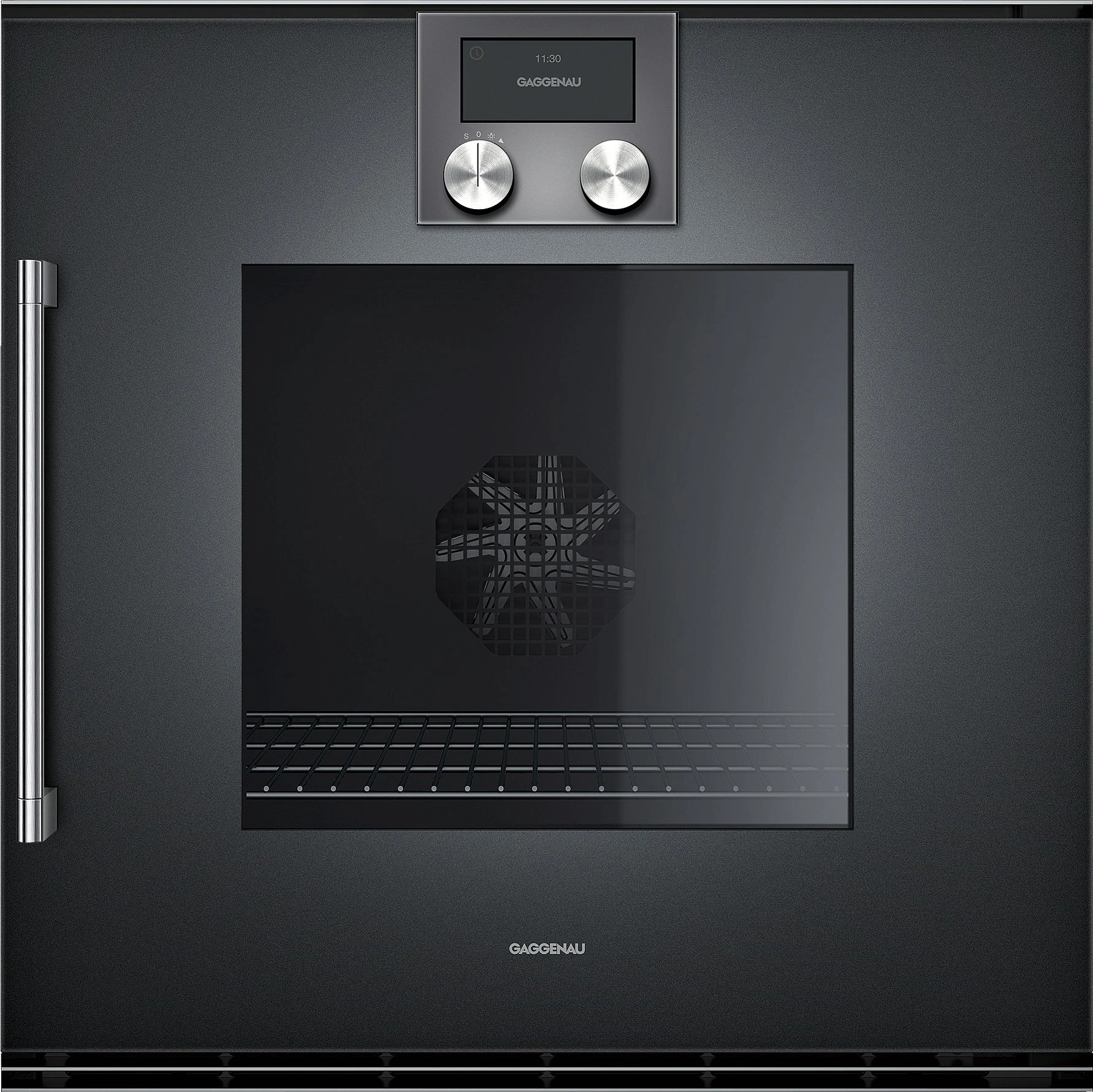
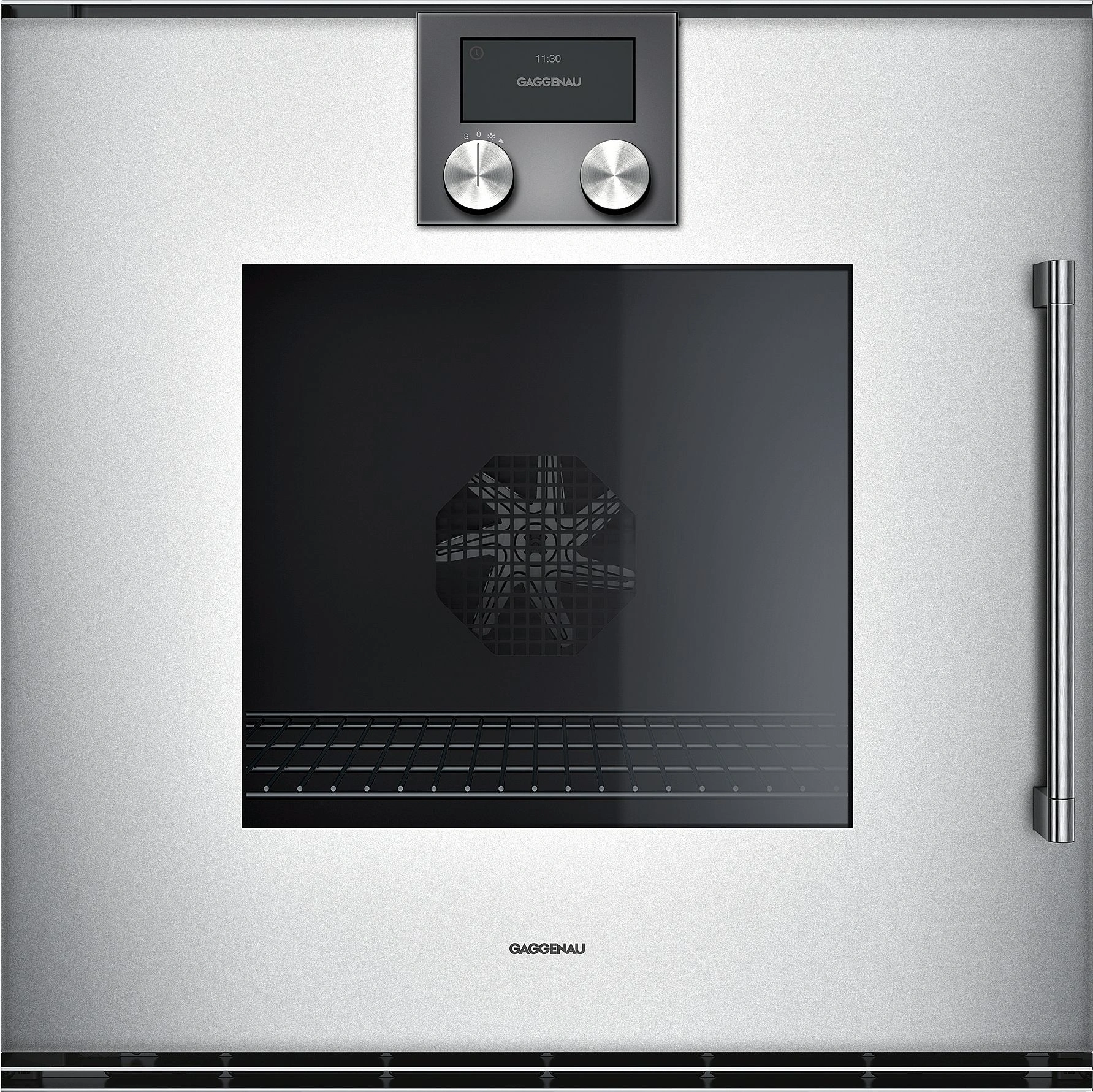

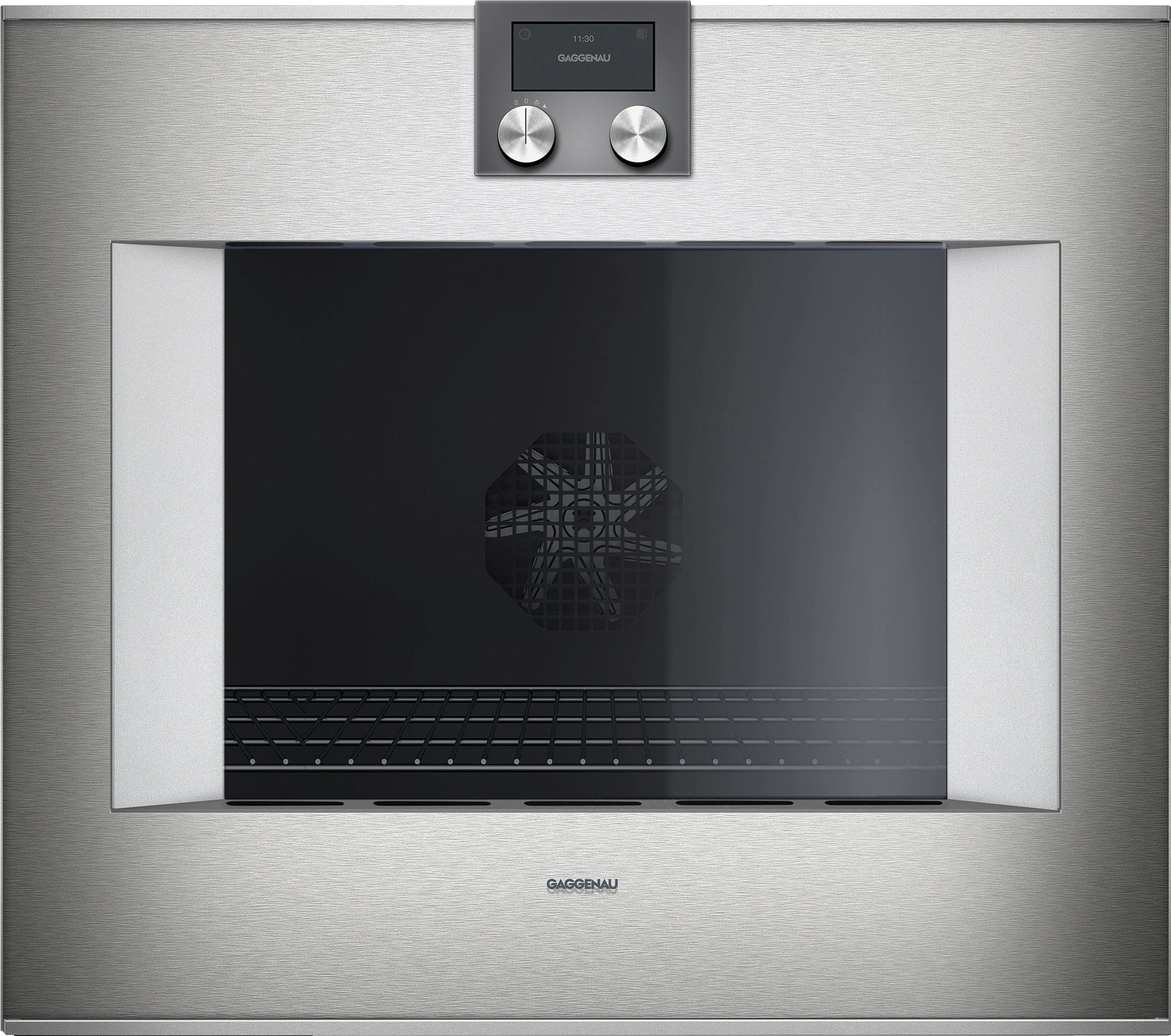
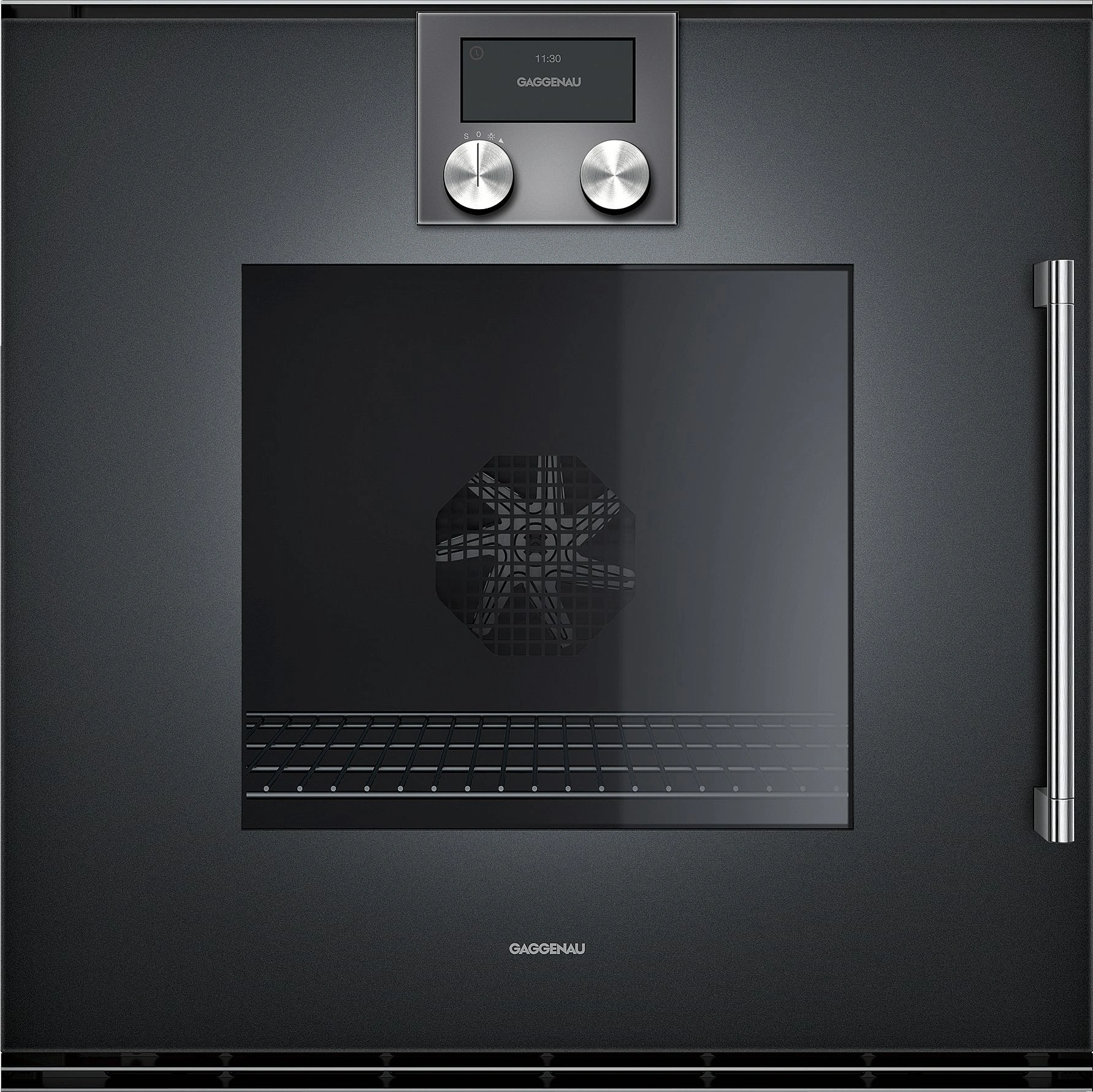
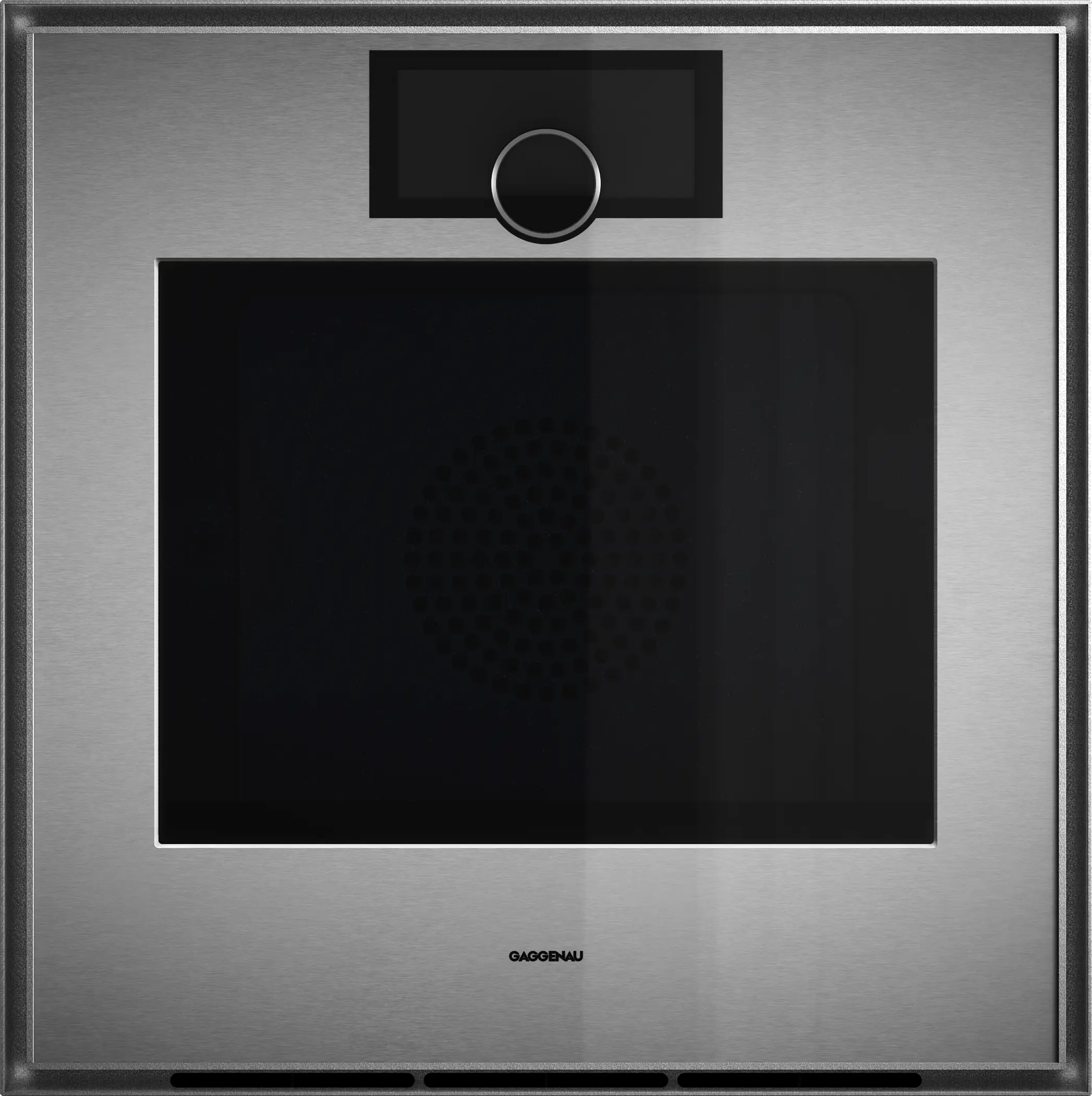
![[Zweite Wahl] Smeg C9IMX2 Induktions-Standherd Edelstahl [Zweite Wahl] Smeg C9IMX2 Induktions-Standherd Edelstahl](https://www.mykitchens.de/media/4b/15/0b/1751665182/smeg-c9imx2-induktions-standherd-edelstahl-produktbild-1.webp?ts=1751665182)
![[Zweite Wahl] Miele KM 7667 FR Herdunabhängiges Induktionskochfeld Edelstahl [Zweite Wahl] Miele KM 7667 FR Herdunabhängiges Induktionskochfeld Edelstahl](https://www.mykitchens.de/media/31/5f/ac/1729001836/miele-km7667fr-kochfeld-edelstahl-produktbild.webp?ts=1729001836)
![[Zweite Wahl] Siemens studioLine EX877LX57E Induktionskochfeld mit integriertem Wrasenabzug Schwarz [Zweite Wahl] Siemens studioLine EX877LX57E Induktionskochfeld mit integriertem Wrasenabzug Schwarz](https://www.mykitchens.de/media/f5/4d/7c/1728941624/siemens-ex877lx57e-muldenlueftung-schwarz-produktbild.webp?ts=1728941624)
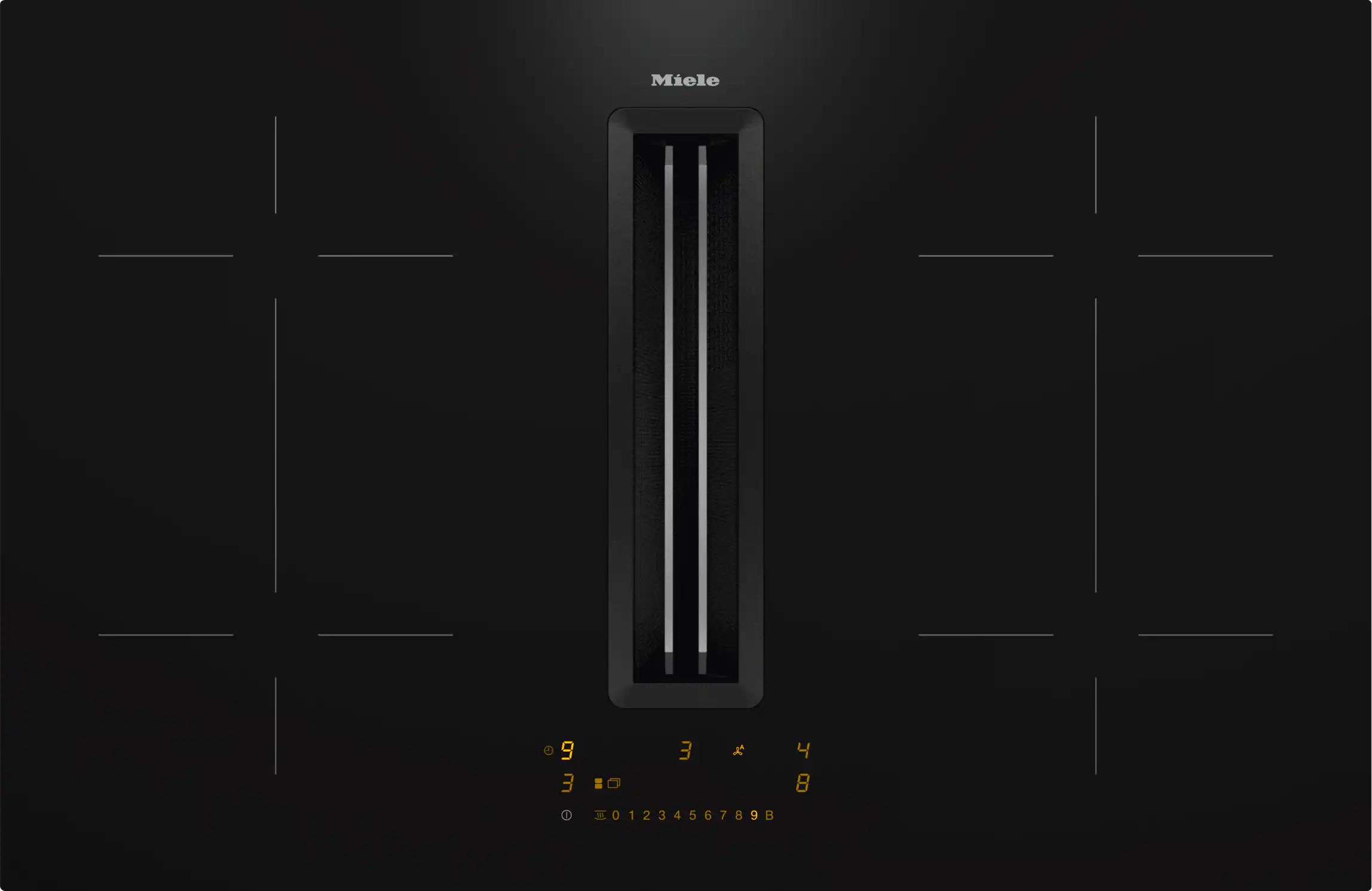
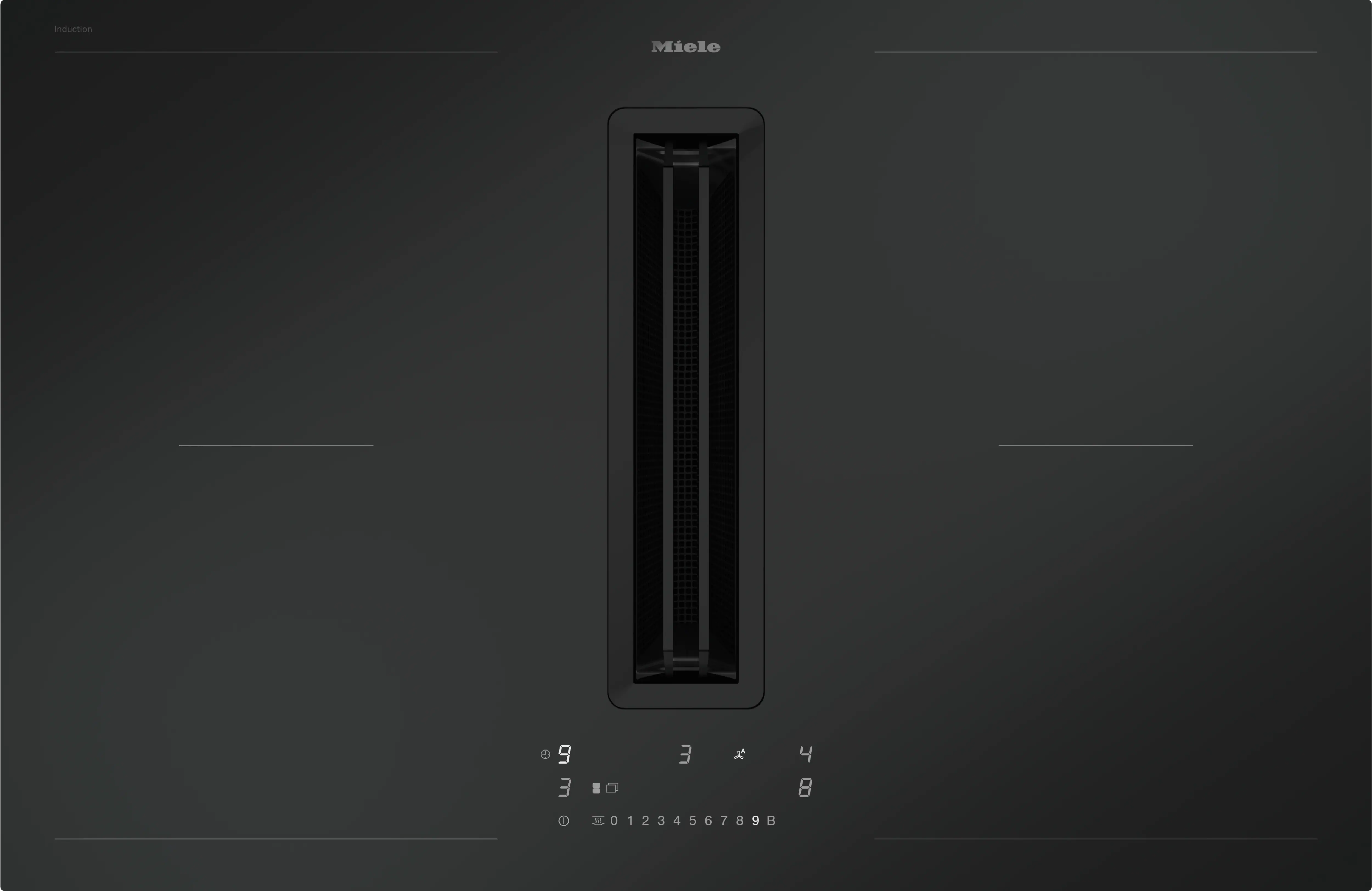

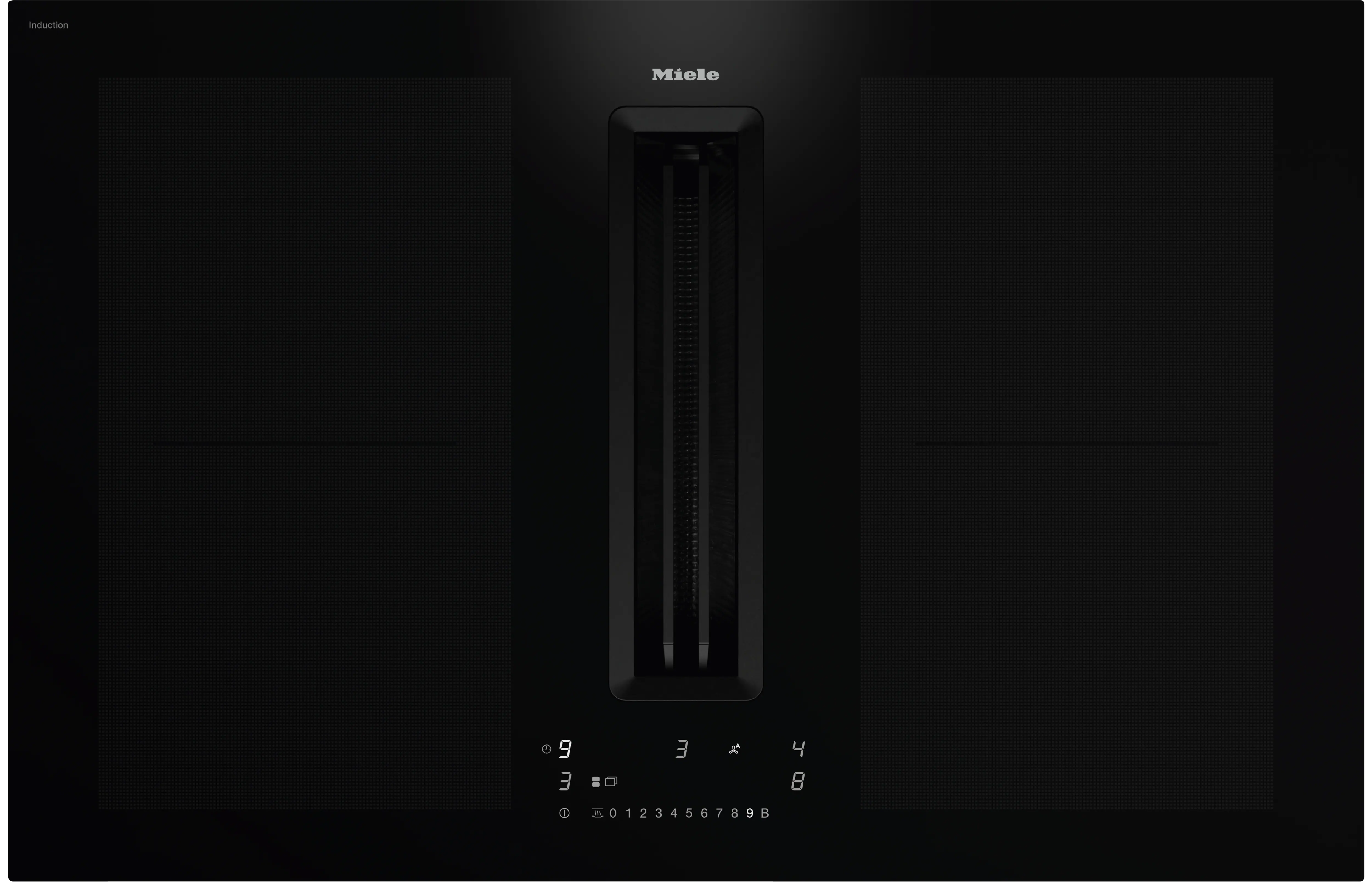
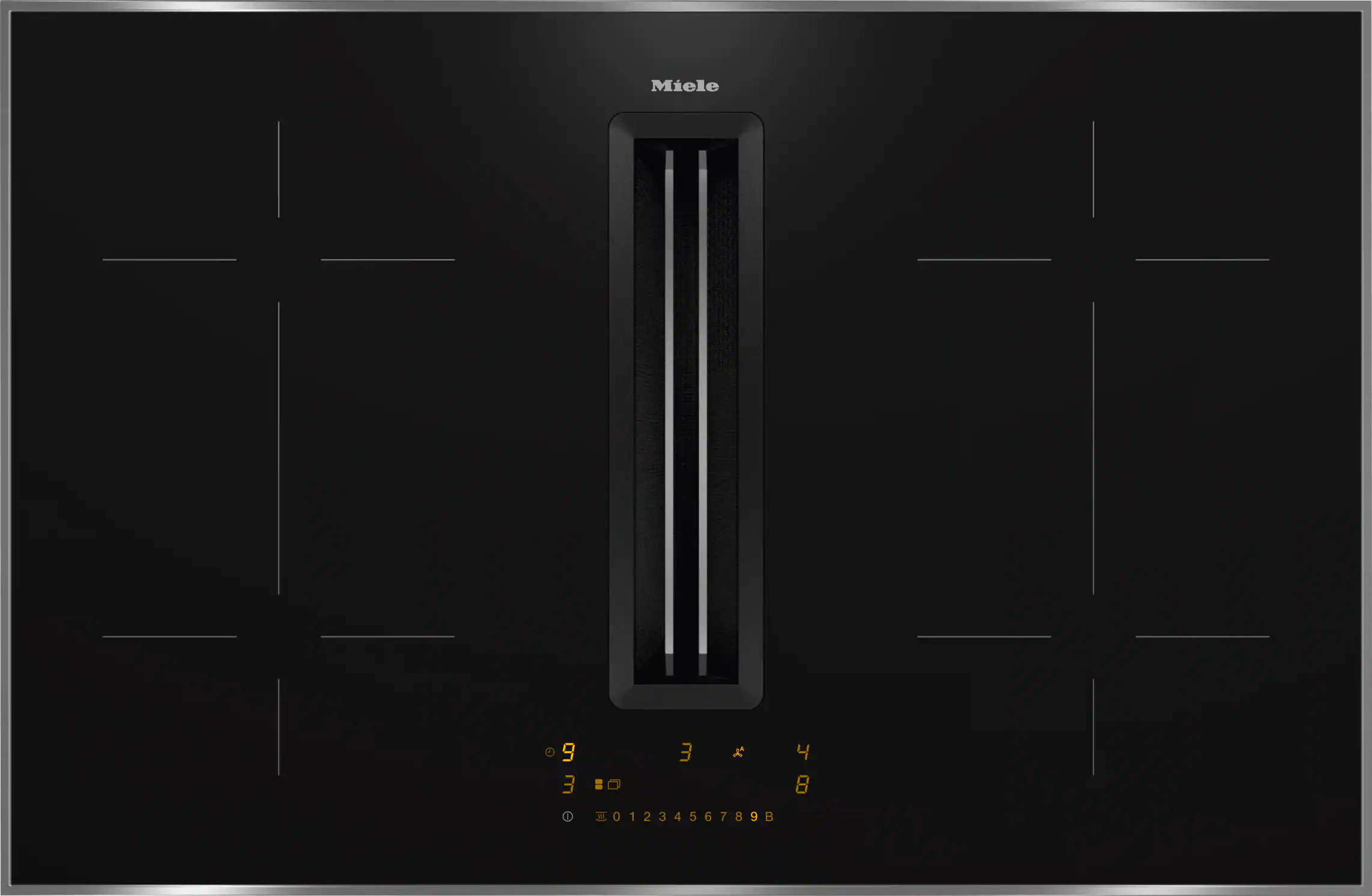
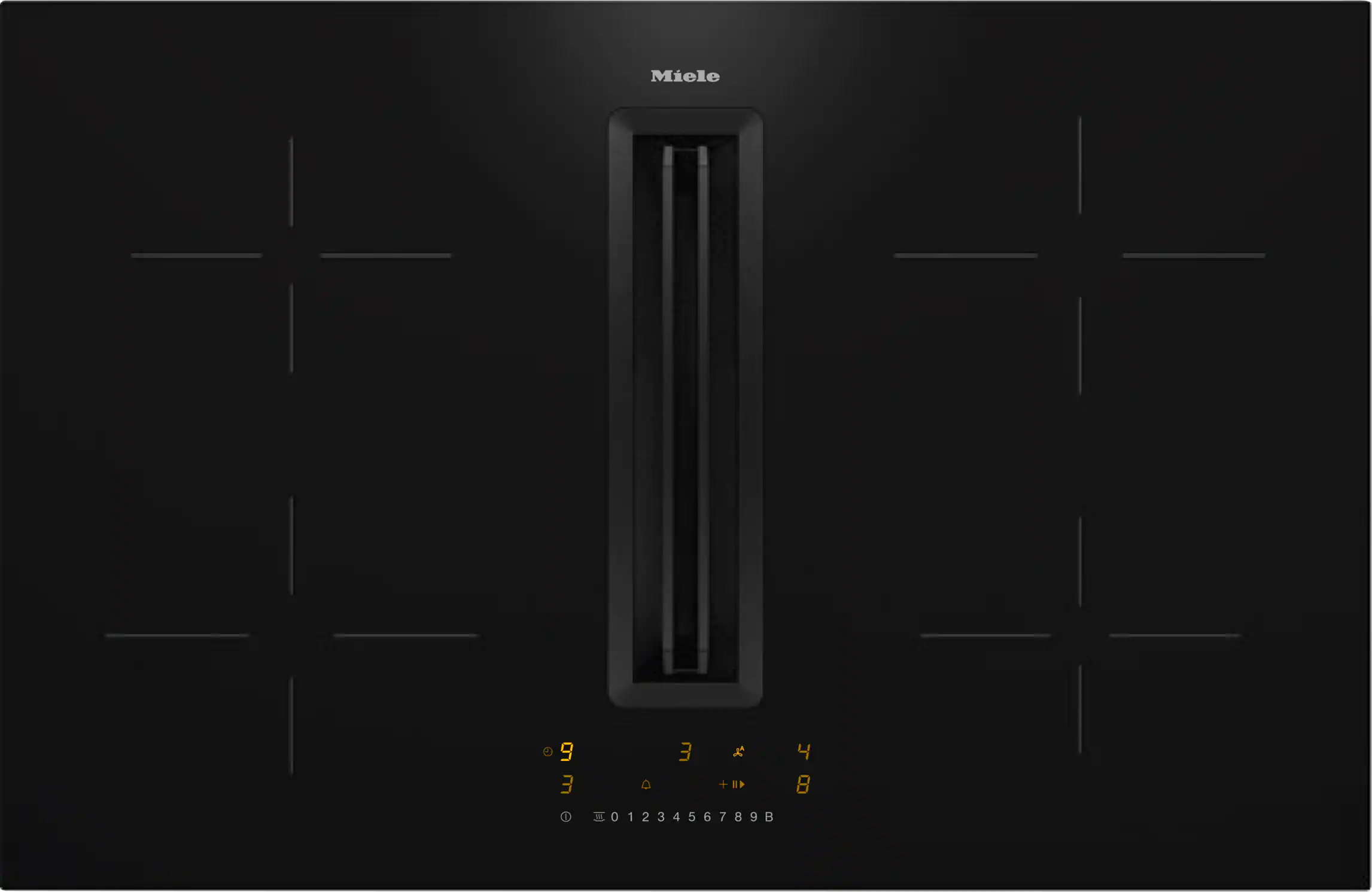
![[Zweite Wahl] Siemens studioLine ED777FQ25E Induktionskochfeld mit integriertem Wrasenabzug Schwarz [Zweite Wahl] Siemens studioLine ED777FQ25E Induktionskochfeld mit integriertem Wrasenabzug Schwarz](https://www.mykitchens.de/media/42/c2/47/1728941660/siemens-ed777fq25e-kochfeld-produktbild.webp?ts=1728941660)
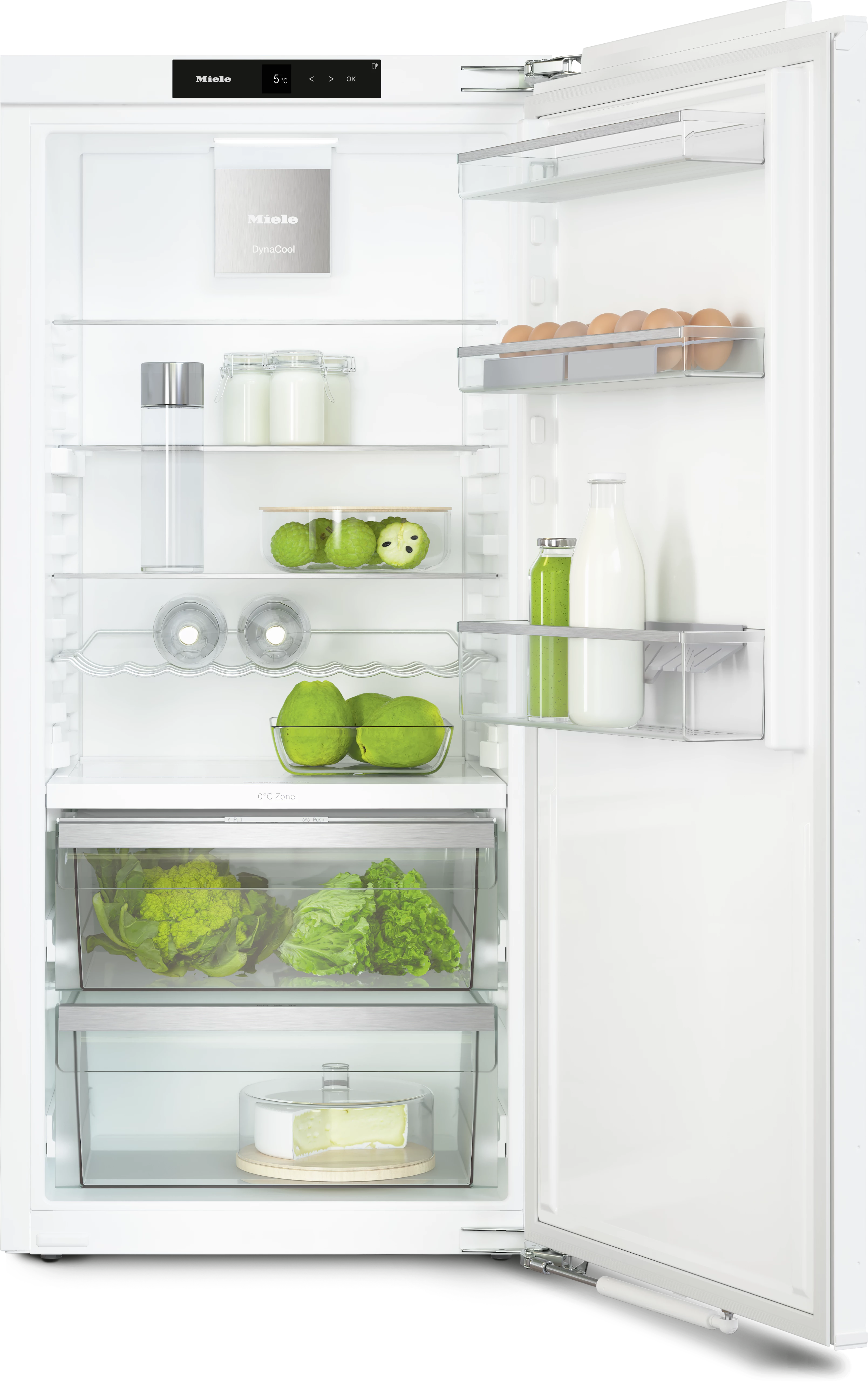
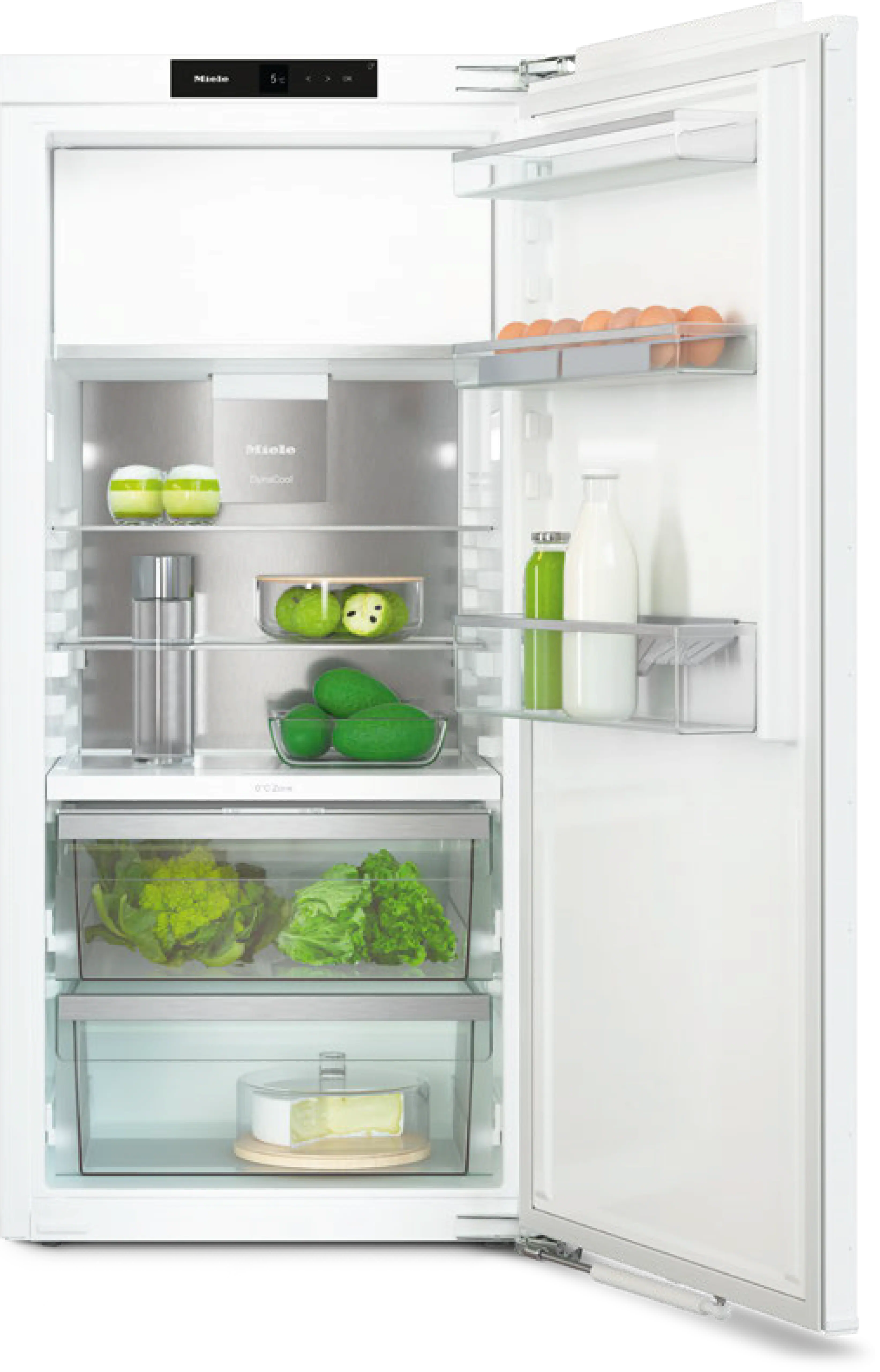
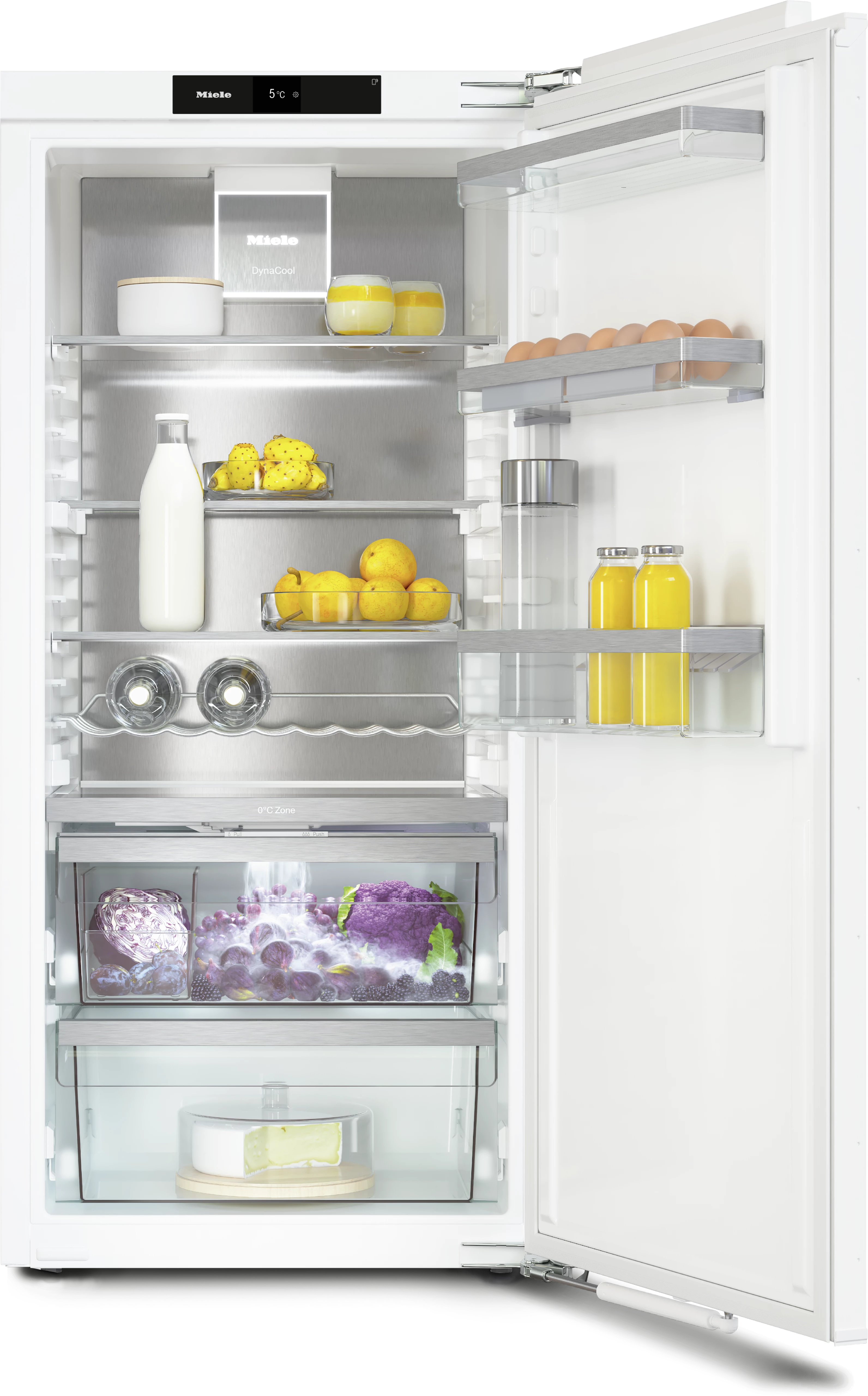
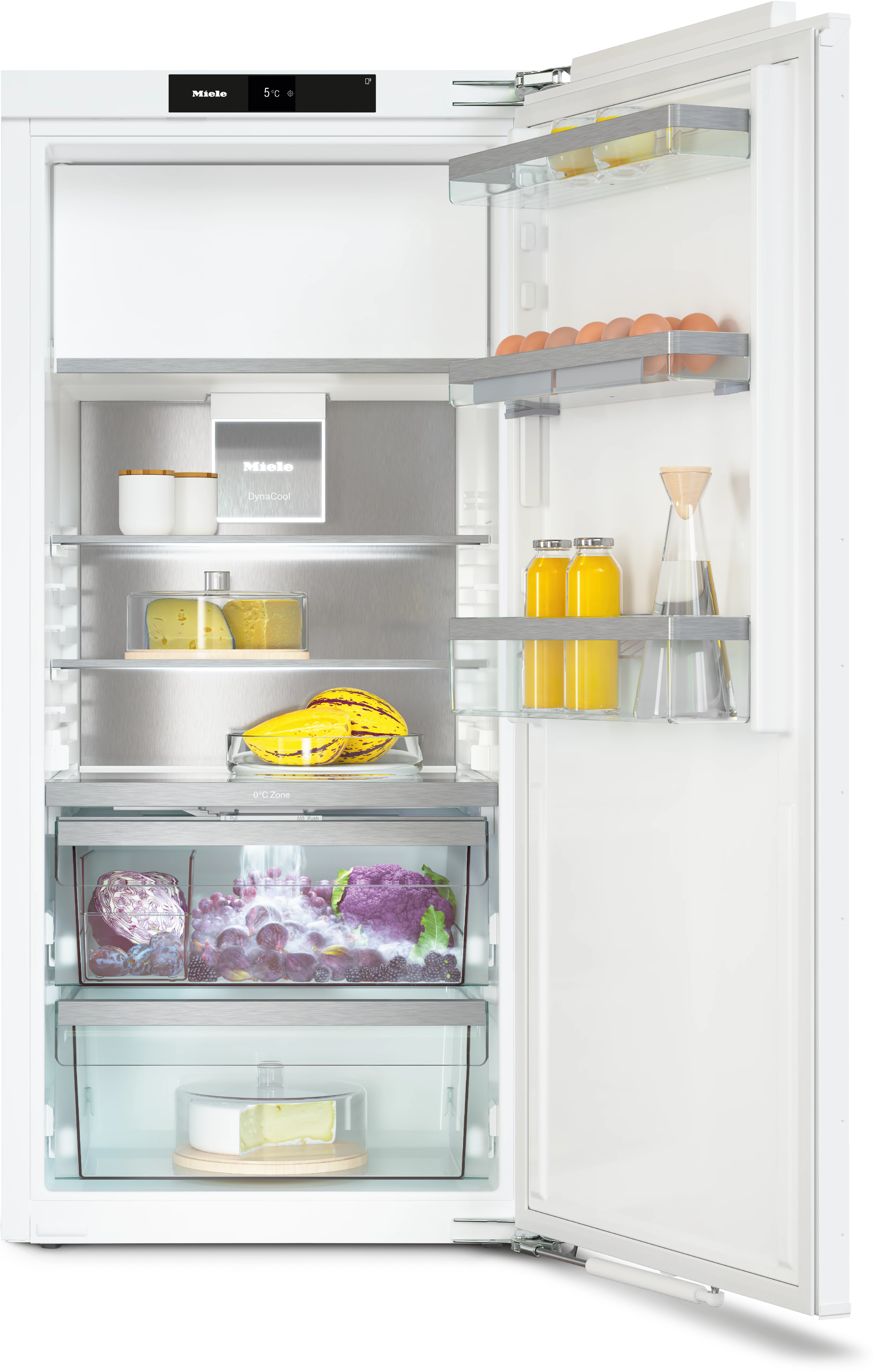
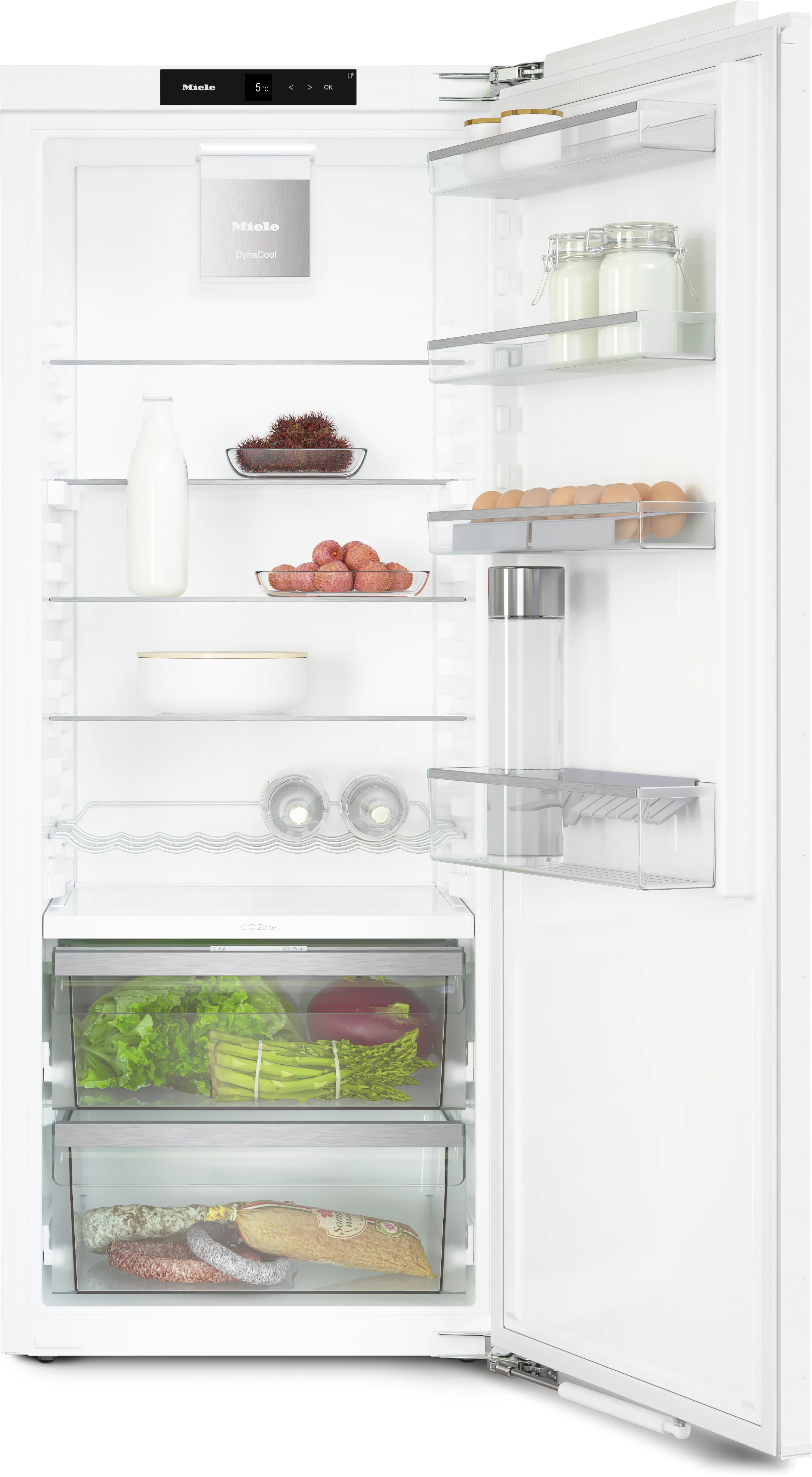
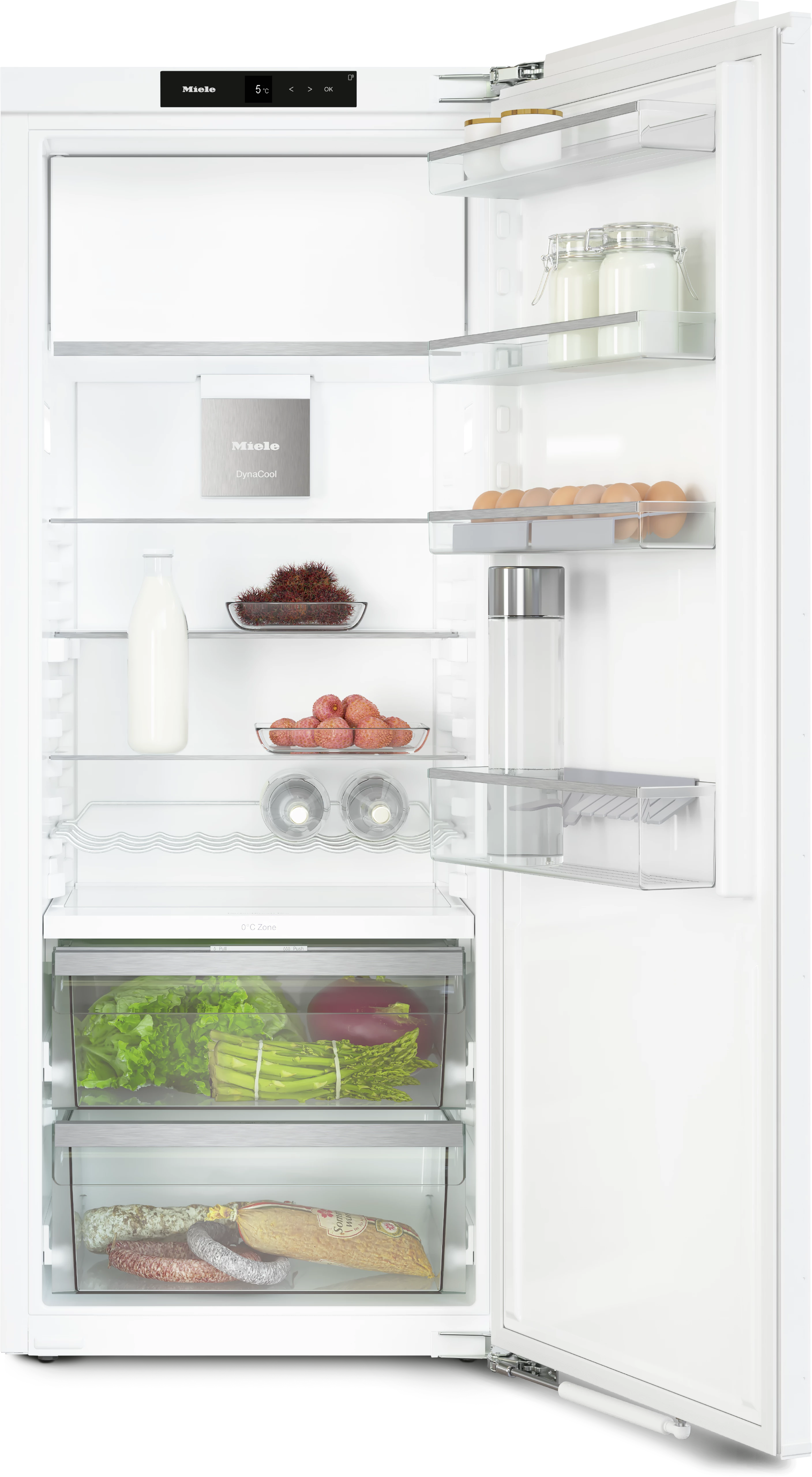
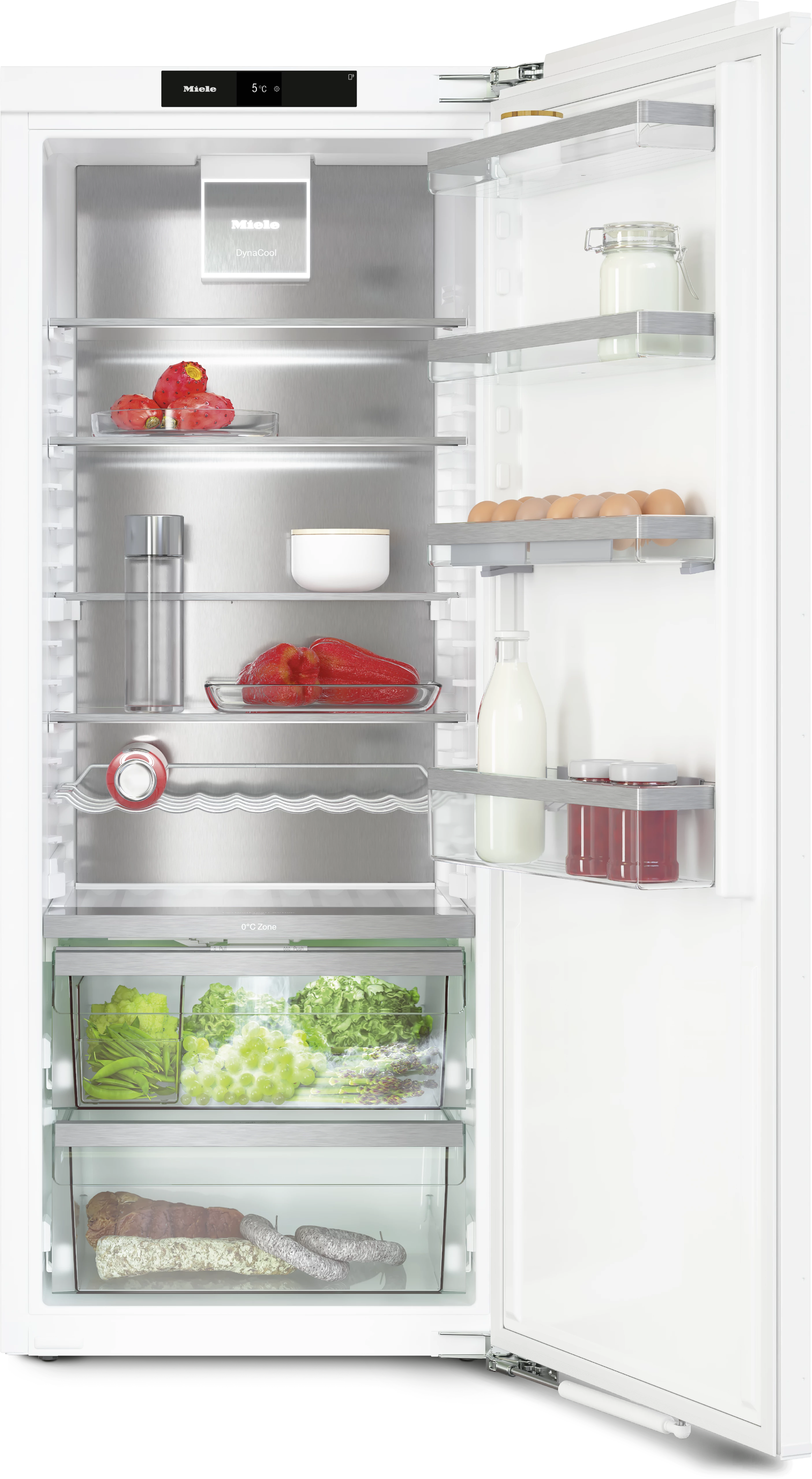
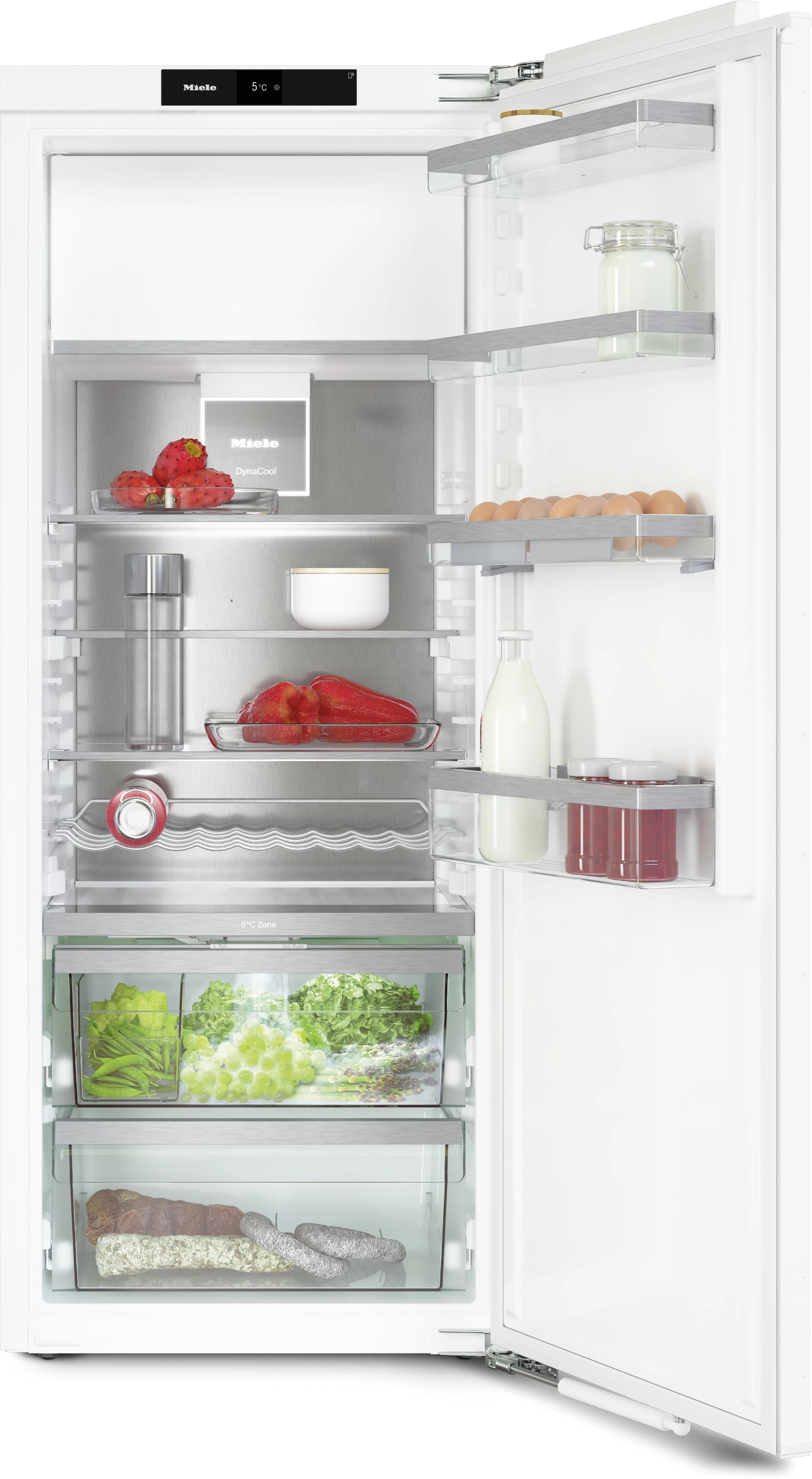
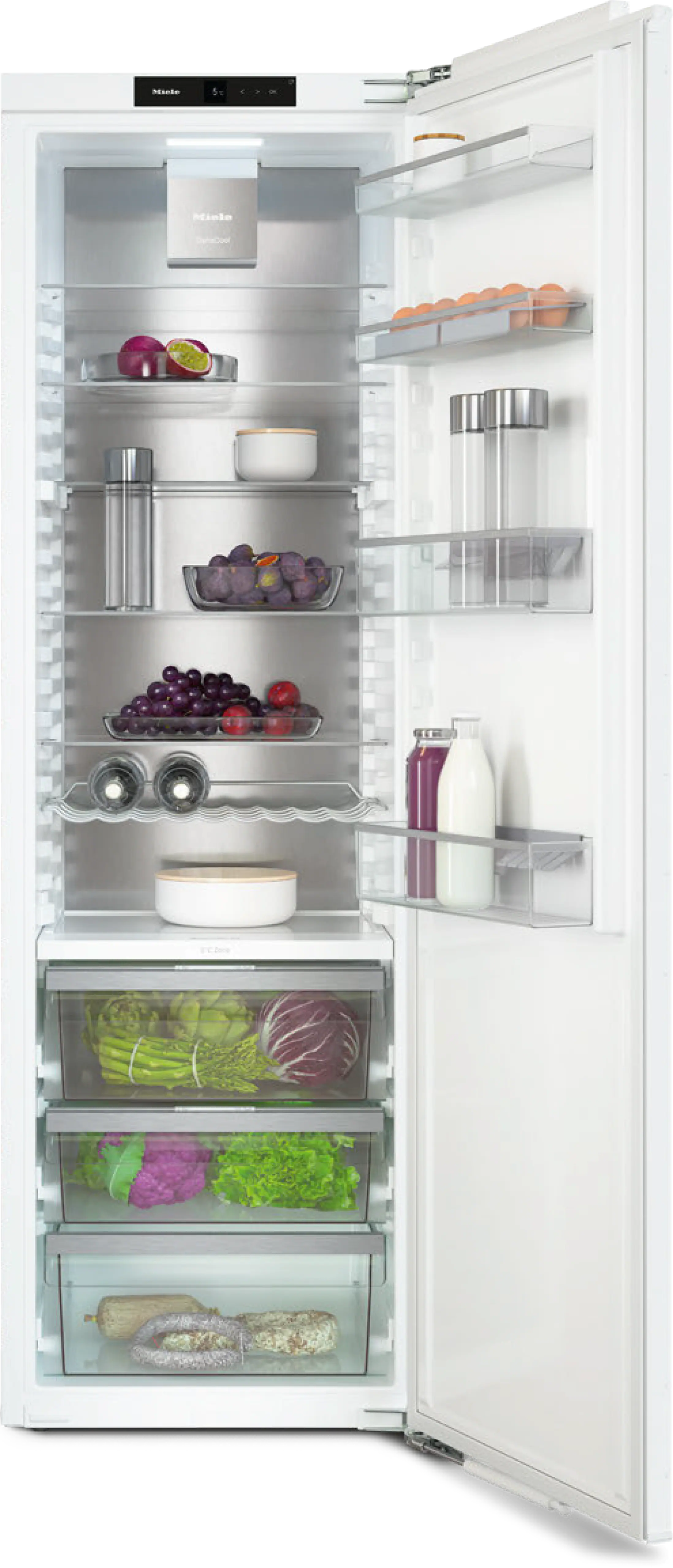
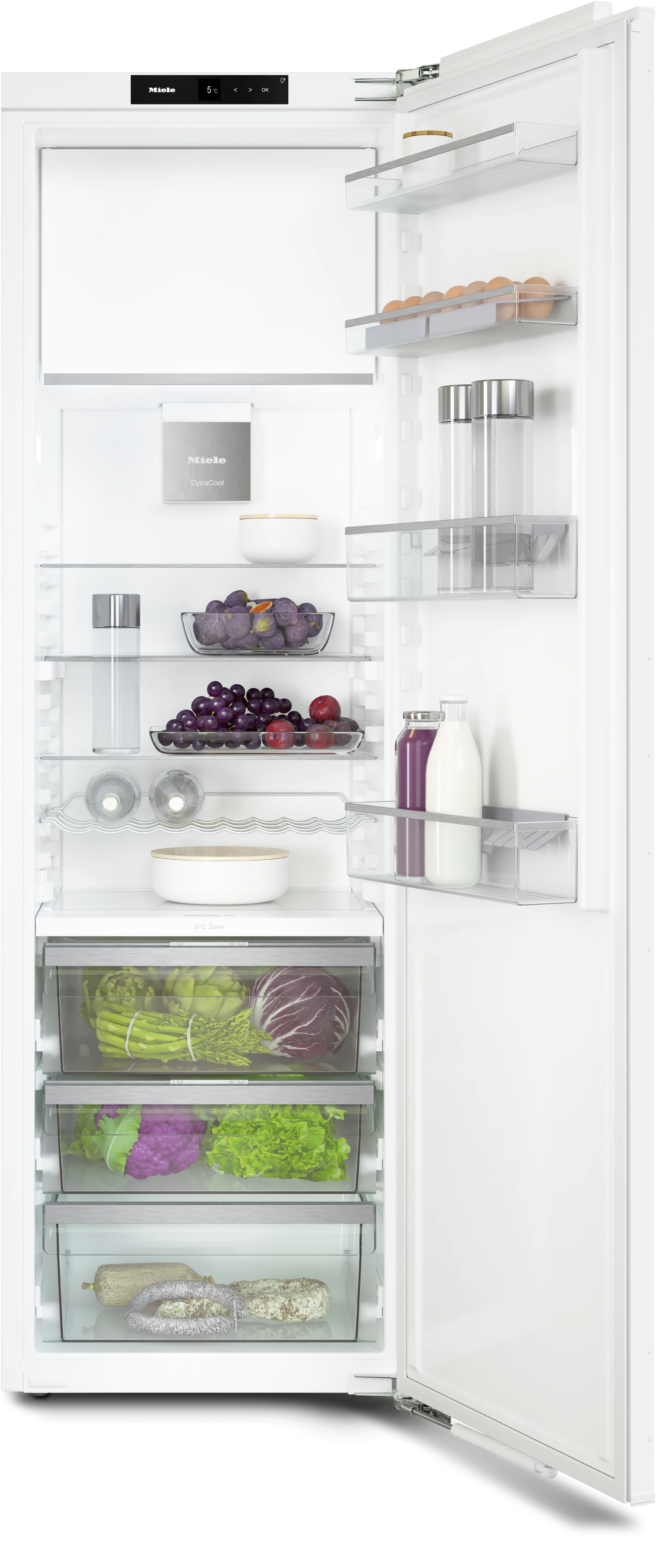
![[Zweite Wahl] Miele G 7197 SCVi XXL 125 Edition Vollintegrierter Geschirrspüler Edelstahl [Zweite Wahl] Miele G 7197 SCVi XXL 125 Edition Vollintegrierter Geschirrspüler Edelstahl](https://www.mykitchens.de/media/ae/1a/cb/1728509584/miele-g7197scvixxl125-vollintegrierter-geschirrspueler-edelstahl-produktbild-1.webp?ts=1728509584)
![[Zweite Wahl] Smeg STFABBL3 Unterbau-Geschirrspüler Schwarz [Zweite Wahl] Smeg STFABBL3 Unterbau-Geschirrspüler Schwarz](https://www.mykitchens.de/media/aa/80/bd/1728511999/smeg-stfabbl3-geschirrspueler-produktbild-01.webp?ts=1728511999)
![[Zweite Wahl] Miele G 7110 SCU AutoDos Unterbau-Geschirrspüler Edelstahl/CleanSteel [Zweite Wahl] Miele G 7110 SCU AutoDos Unterbau-Geschirrspüler Edelstahl/CleanSteel](https://www.mykitchens.de/media/12/27/dd/1728509498/miele-g7110scuautodos-unterbau-geschirrspueler-edelstahl-cleansteel-produktbild-1.webp?ts=1728509498)
